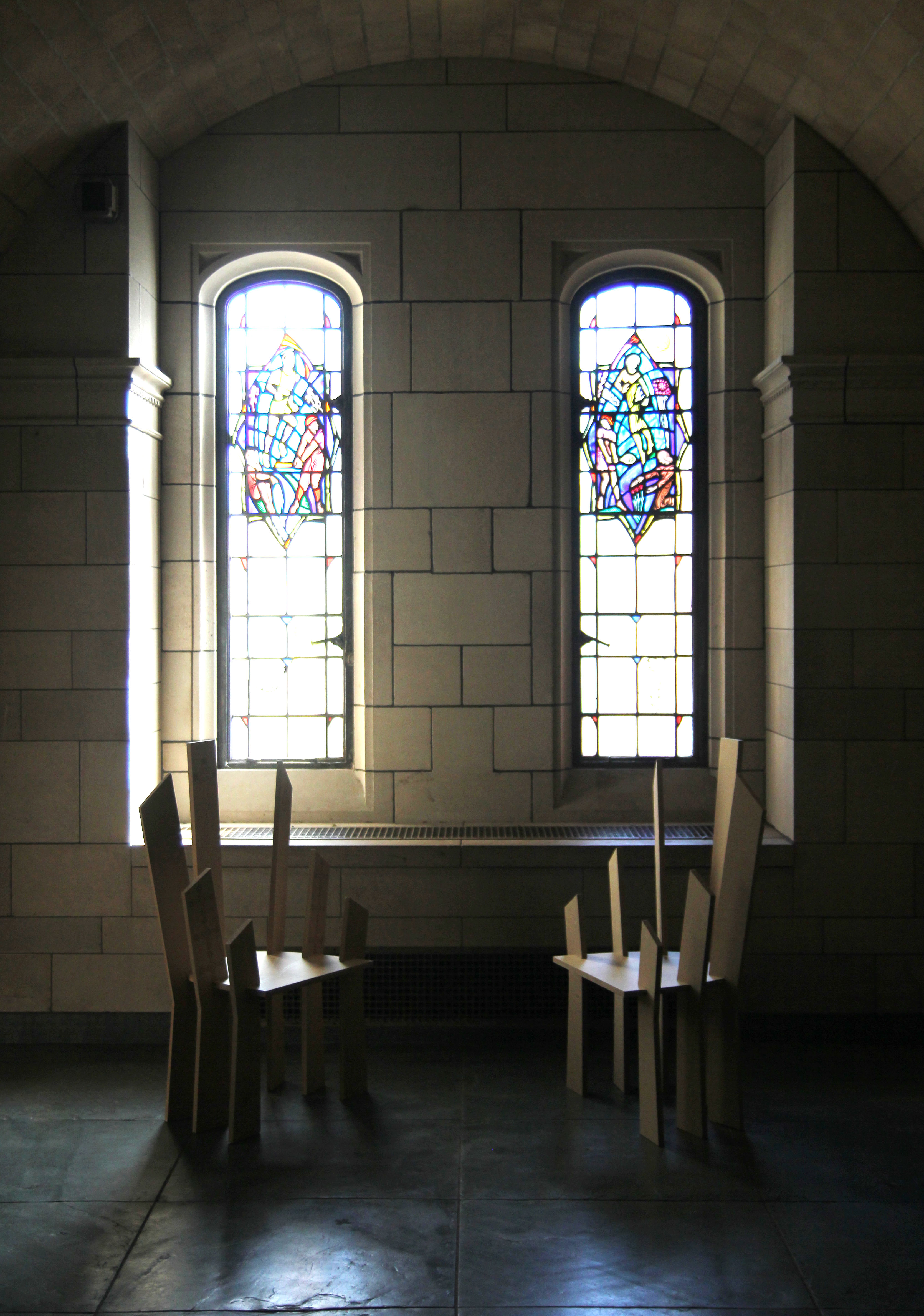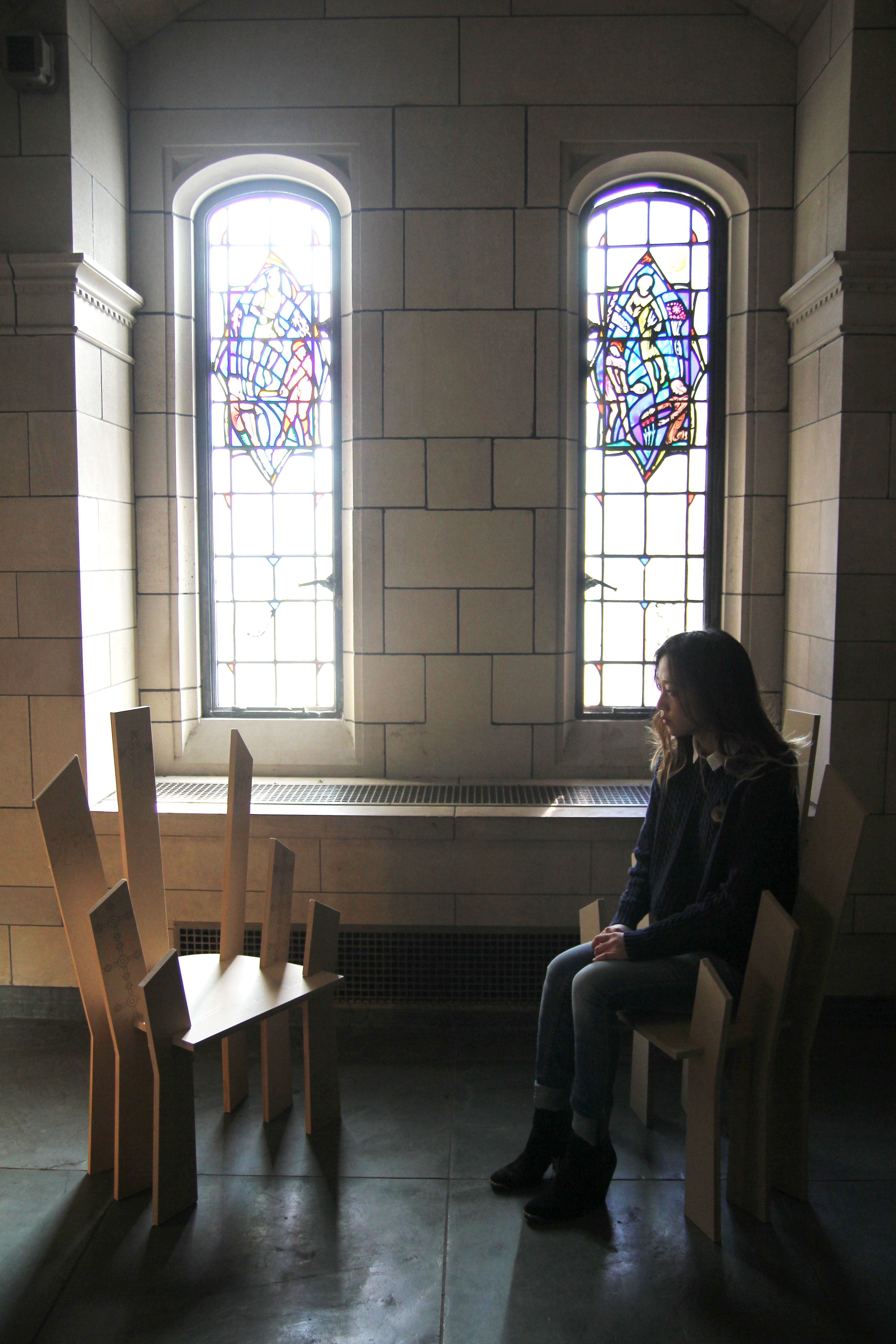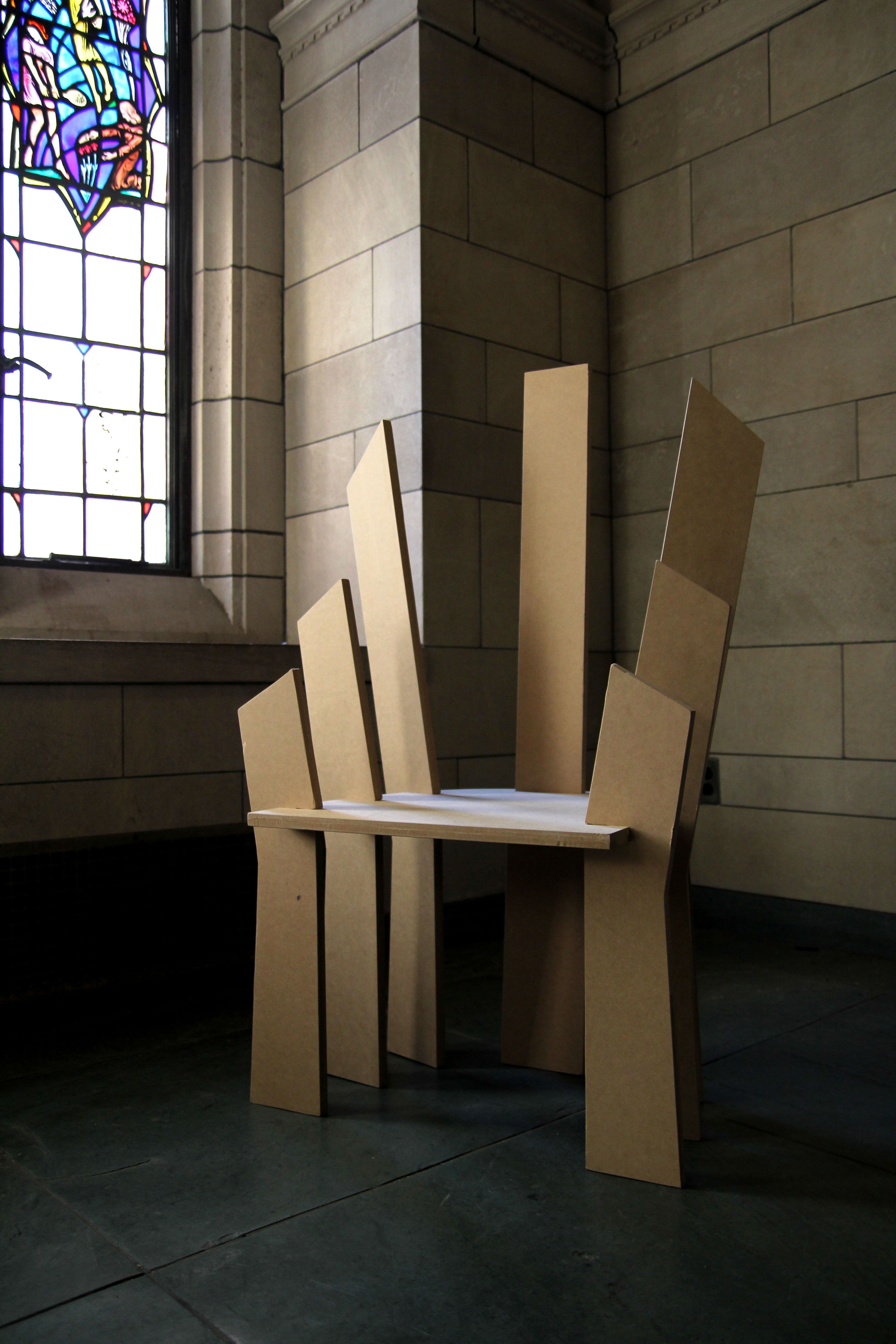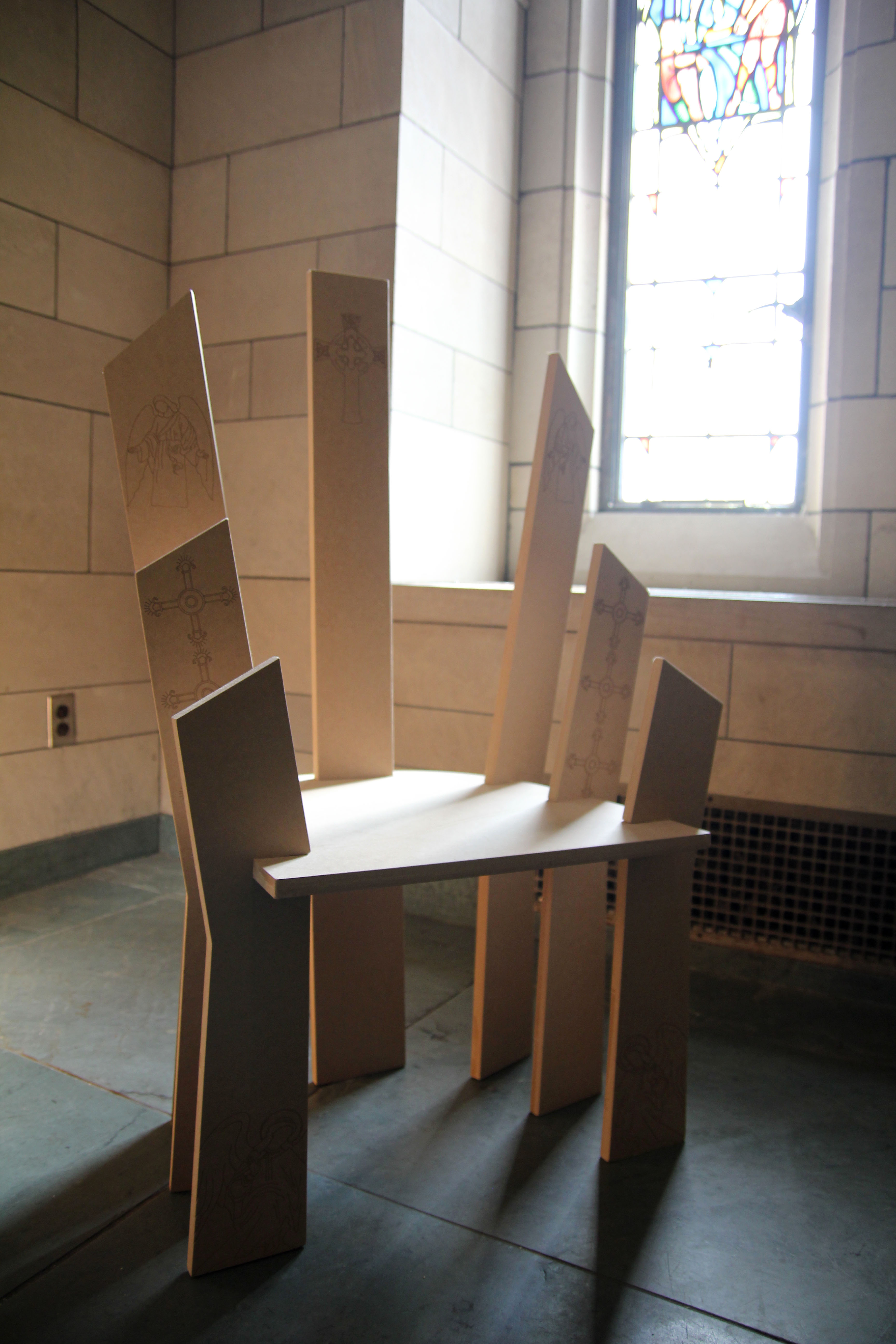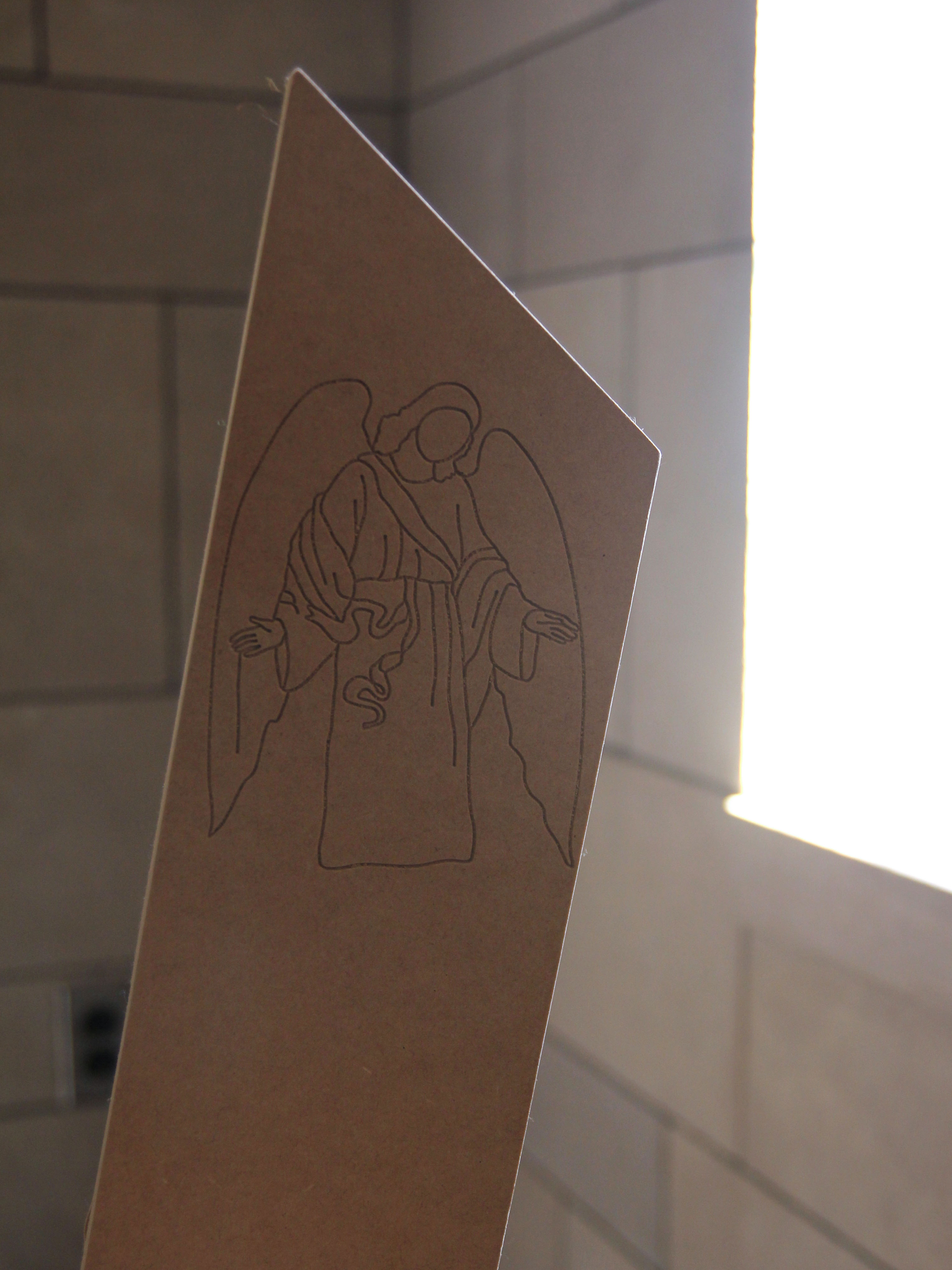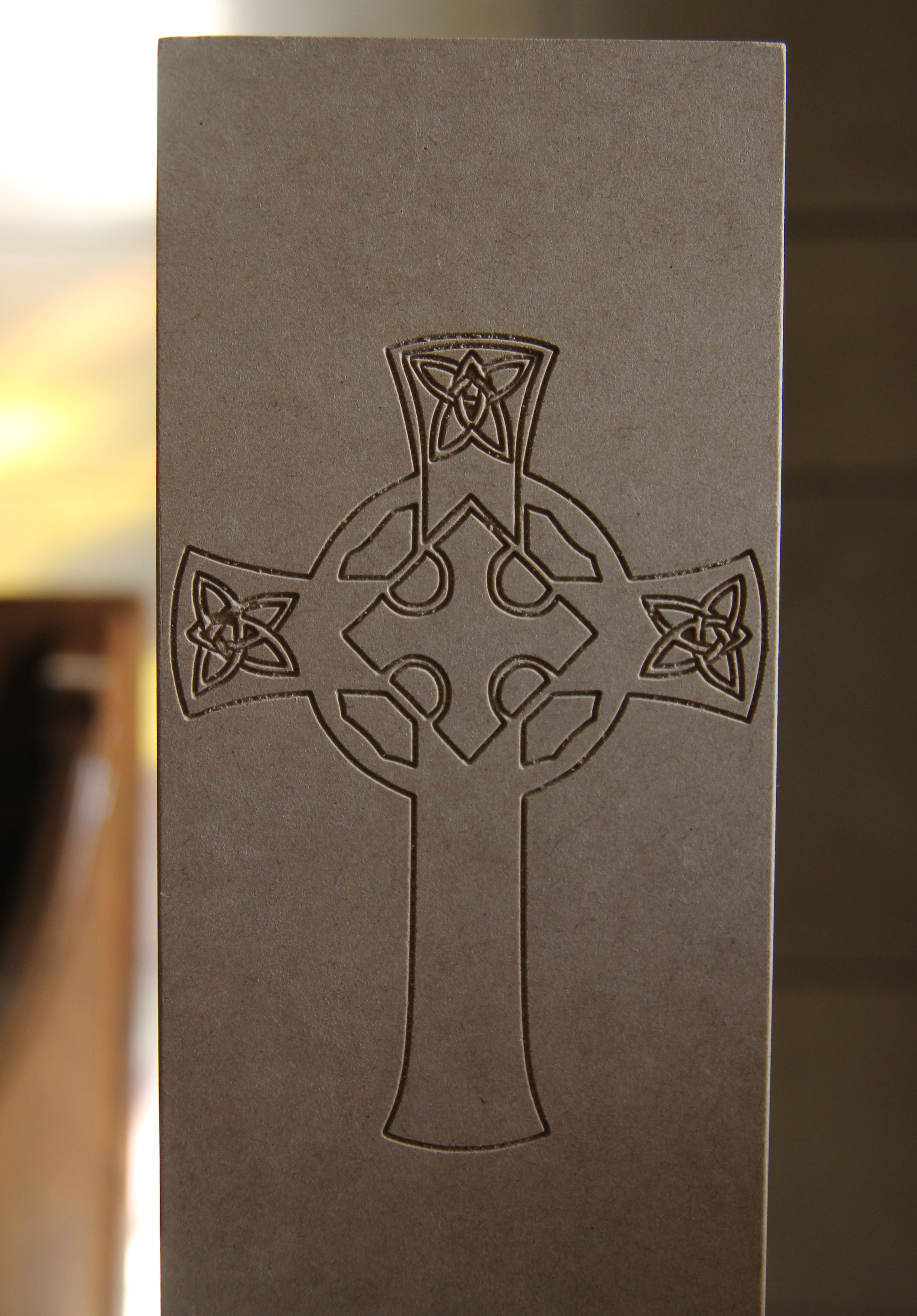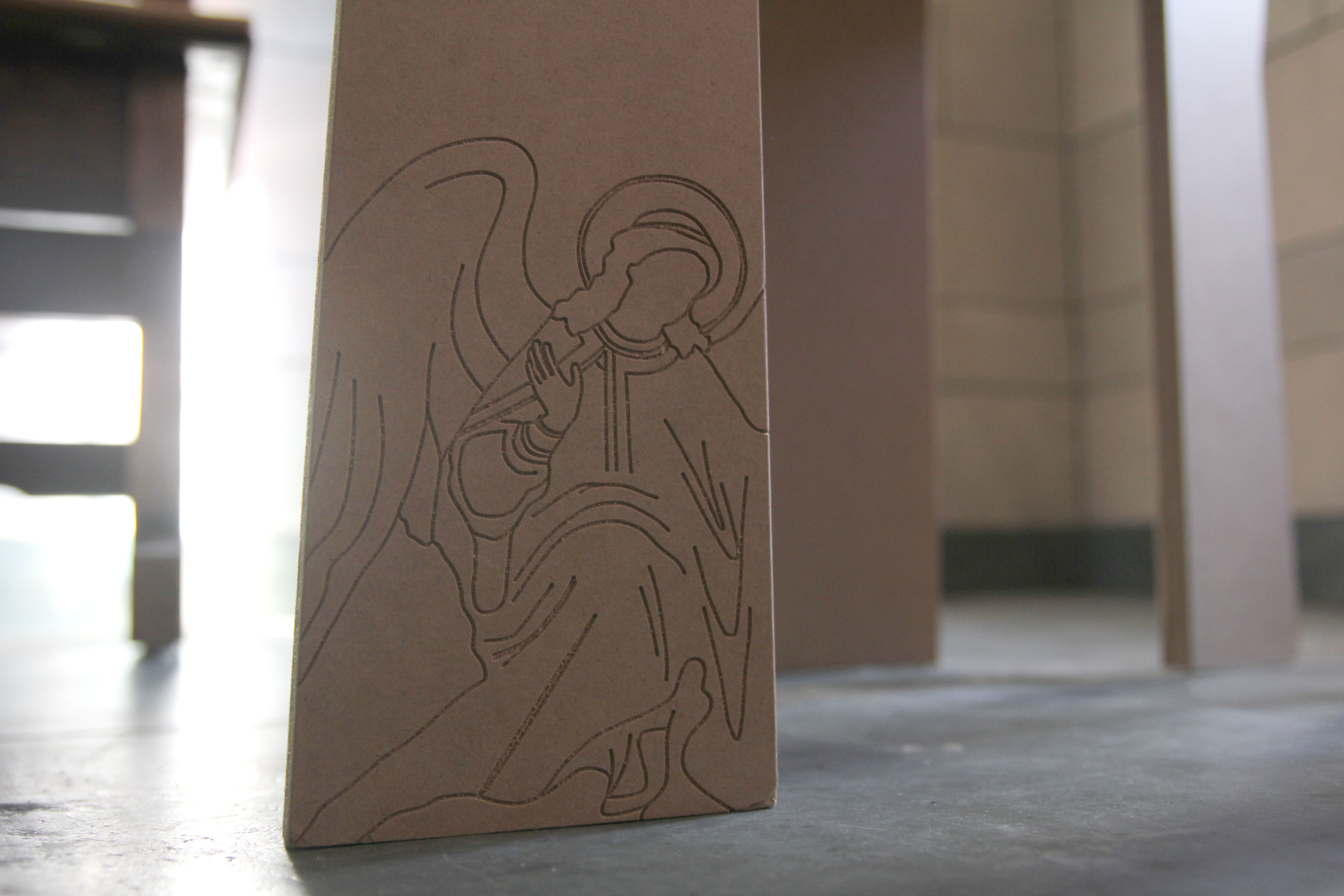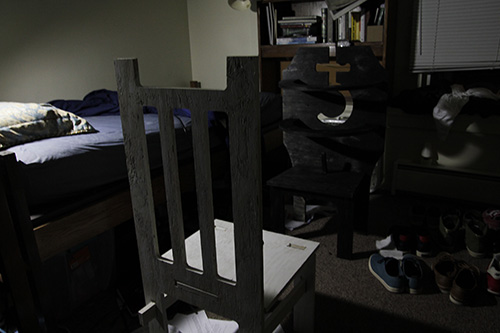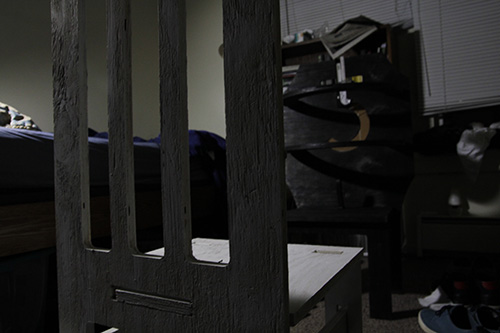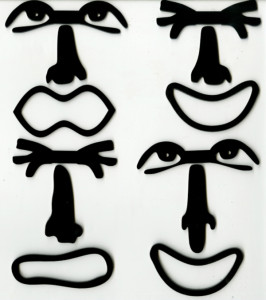
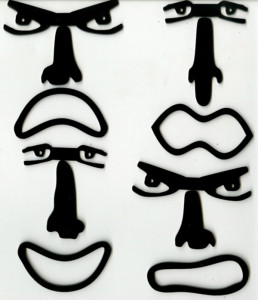
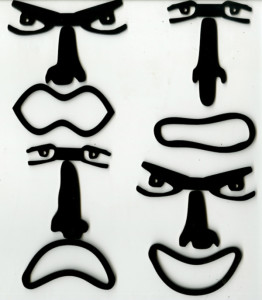
![photo-1[1]](https://teach.alimomeni.net/2013fall1b/wp-content/uploads/2013/12/photo-11-300x257.jpg)
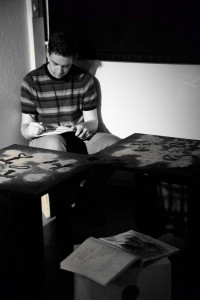
Therapy can be considered a tool of persuasion. For this assignment, I created a tool that a therapist could in an exercise to understand a child’s emotions. In addition, I designed an environment that facilitates interactions between the patient and the therapist. This work examines the relationship between a patient and therapist.




Disillusion was inspired by the poem Shrinking Women by Lily Myers.
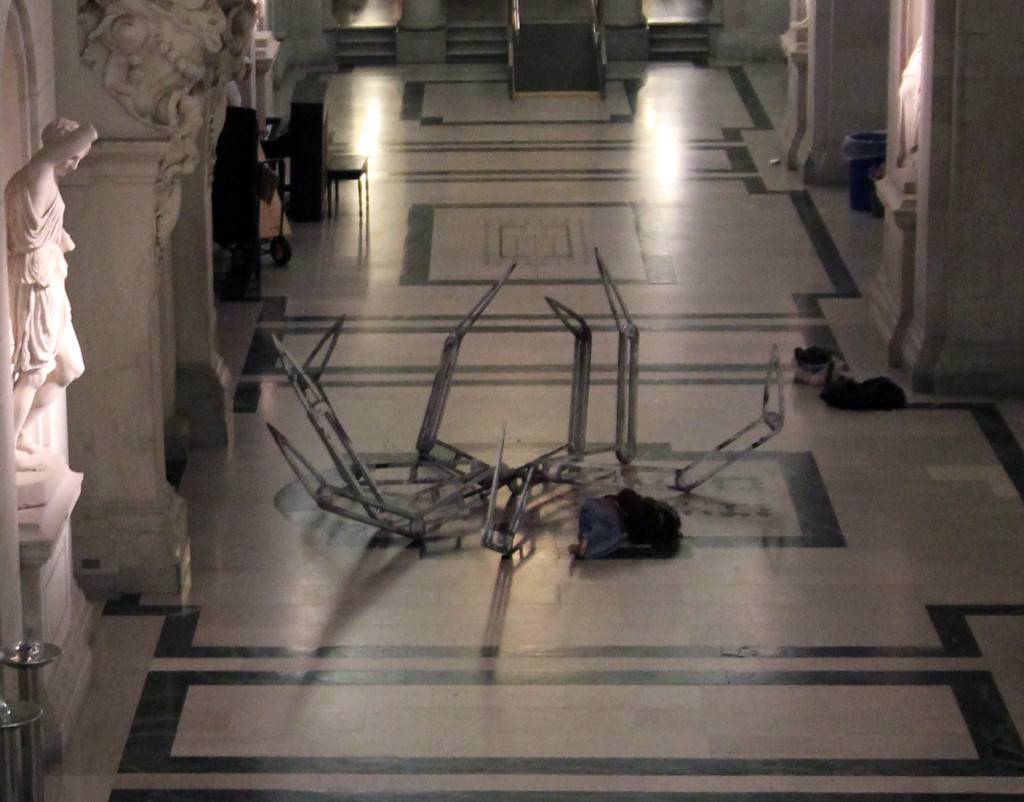
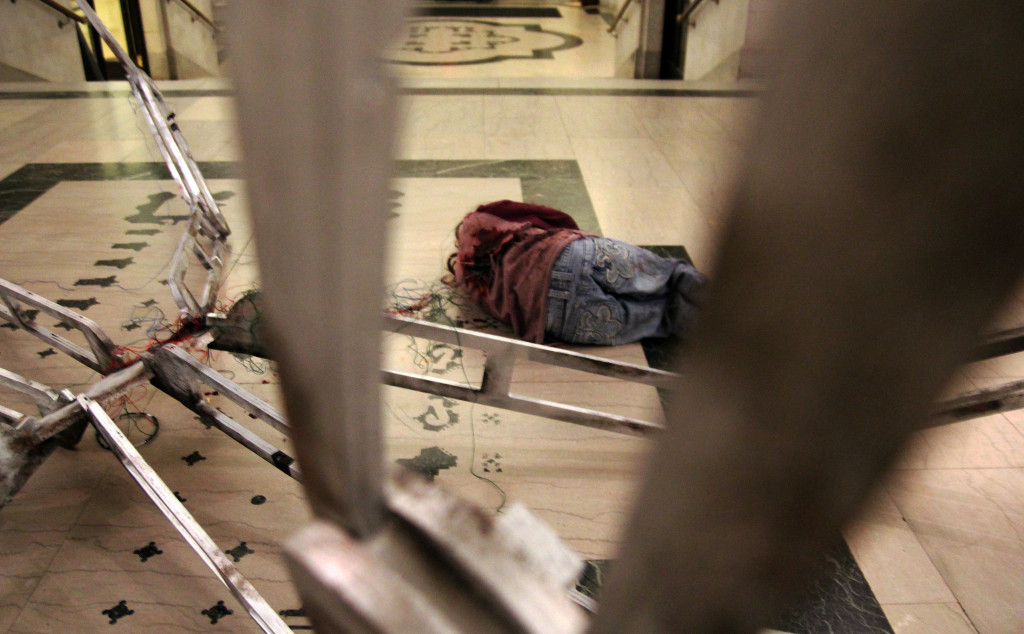
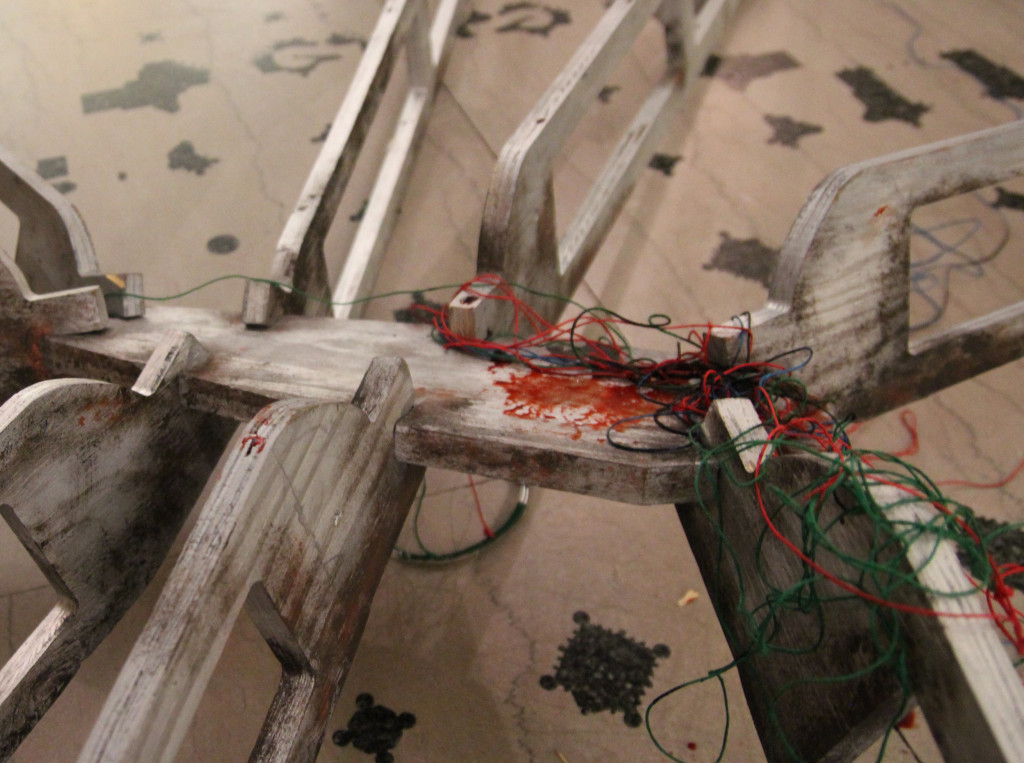
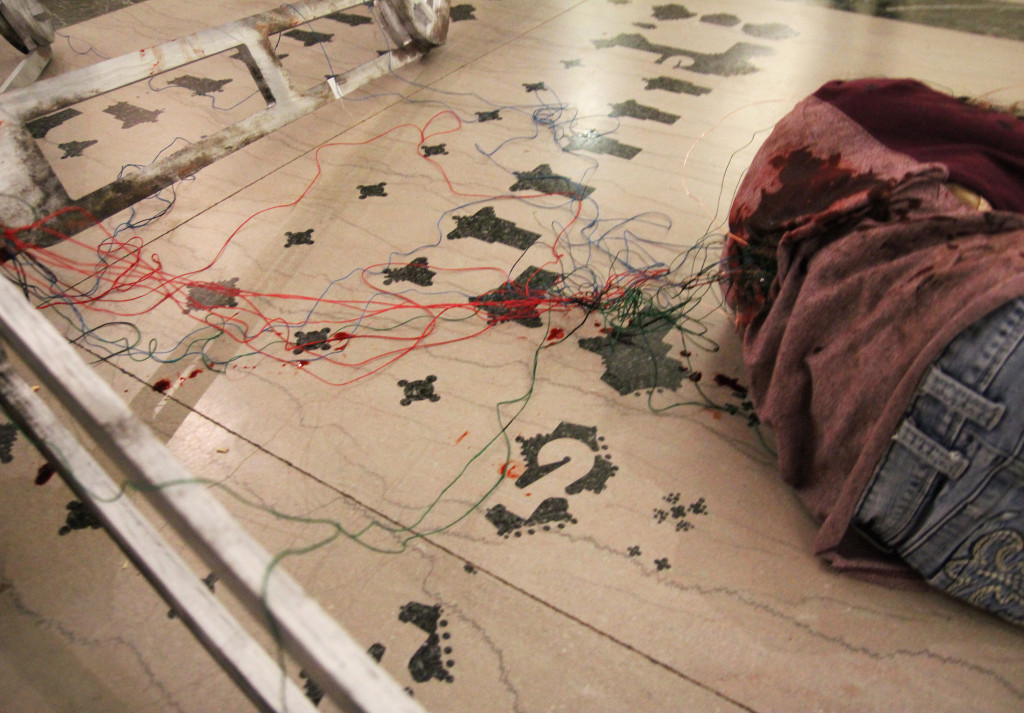

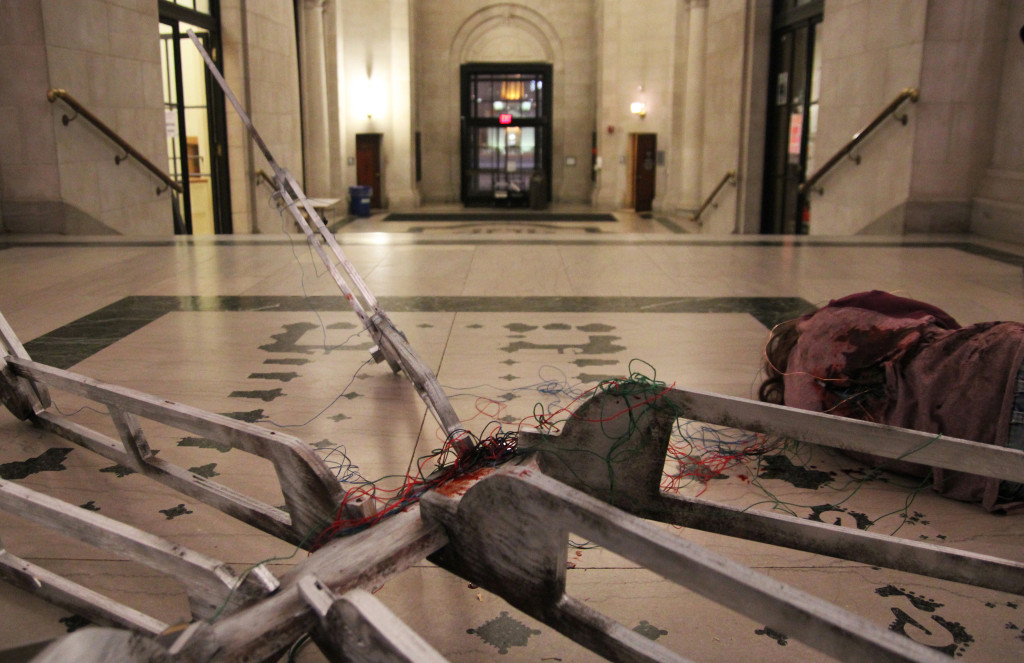
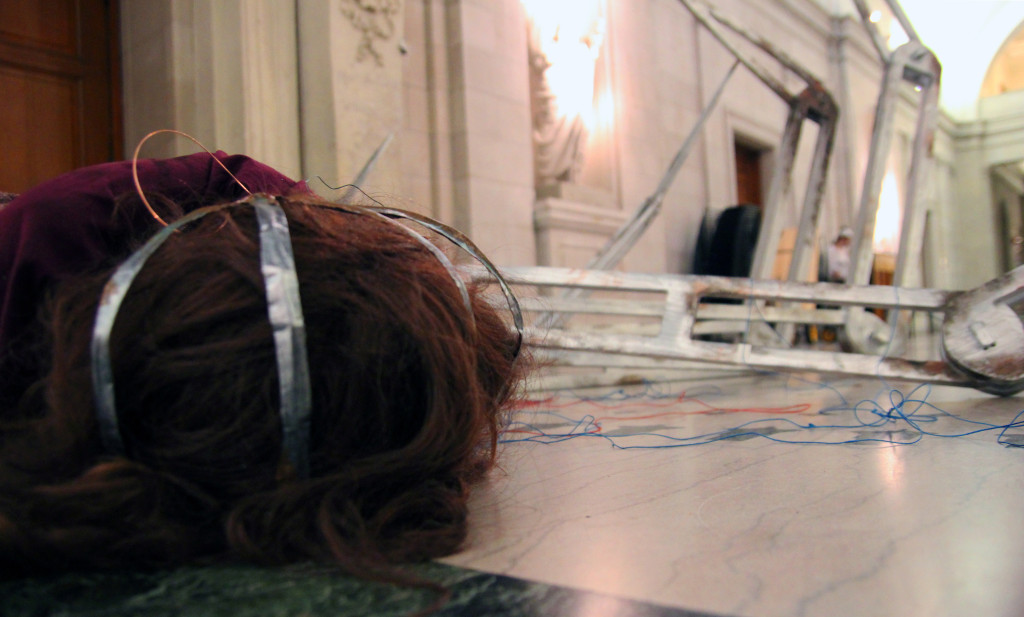
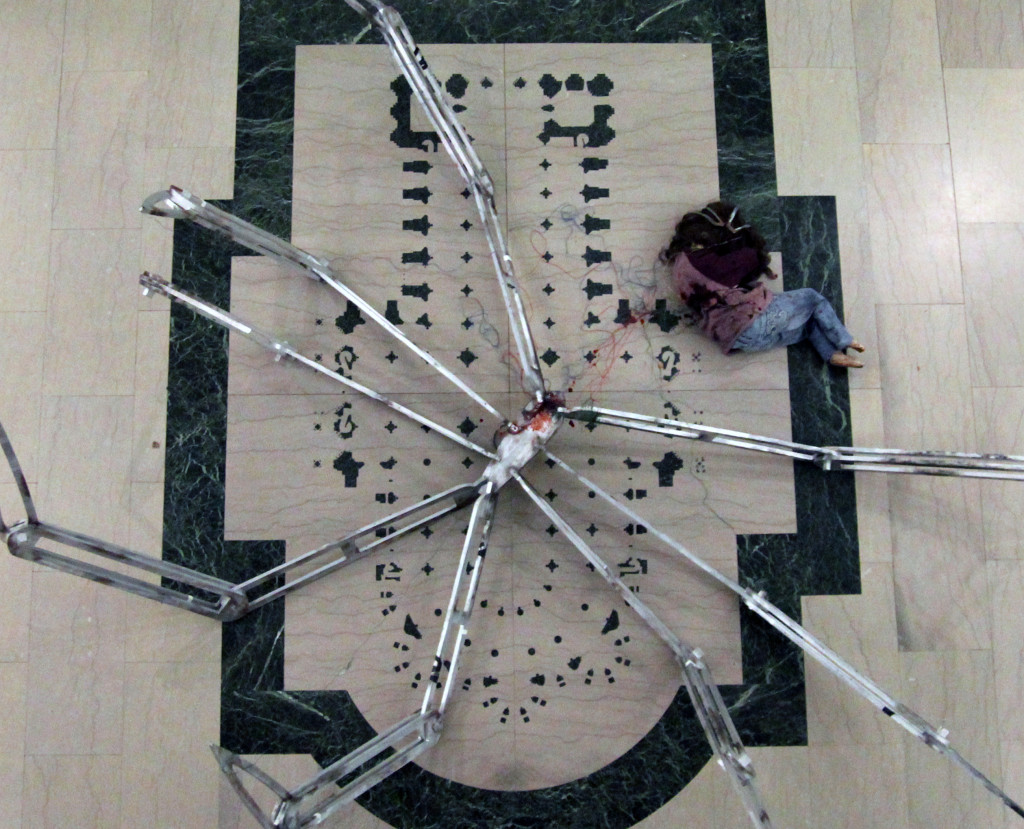
“The Widow” conveys a scene set in the distant future in which humans must adapt to survive in the harsh polluted world. At birth, these future humans are fitted with neural receptive spider limbs that aid them in crossing rough terrain unharmed. But like these physical adaptions, the future humans are also mentally superior, so much so that younger people are starting to fully understand their startling reality, and suicide is becoming more and more common in younger children. “The Widow” showcases a typical future suicide case in which this young girl attempted to dig her spider limbs out of her back in order to feel the freedom of walking unaided at least once before passing.
I would like to thank everyone that helped me in the (often time consuming) process of moving, setting up, and disposing of my piece.

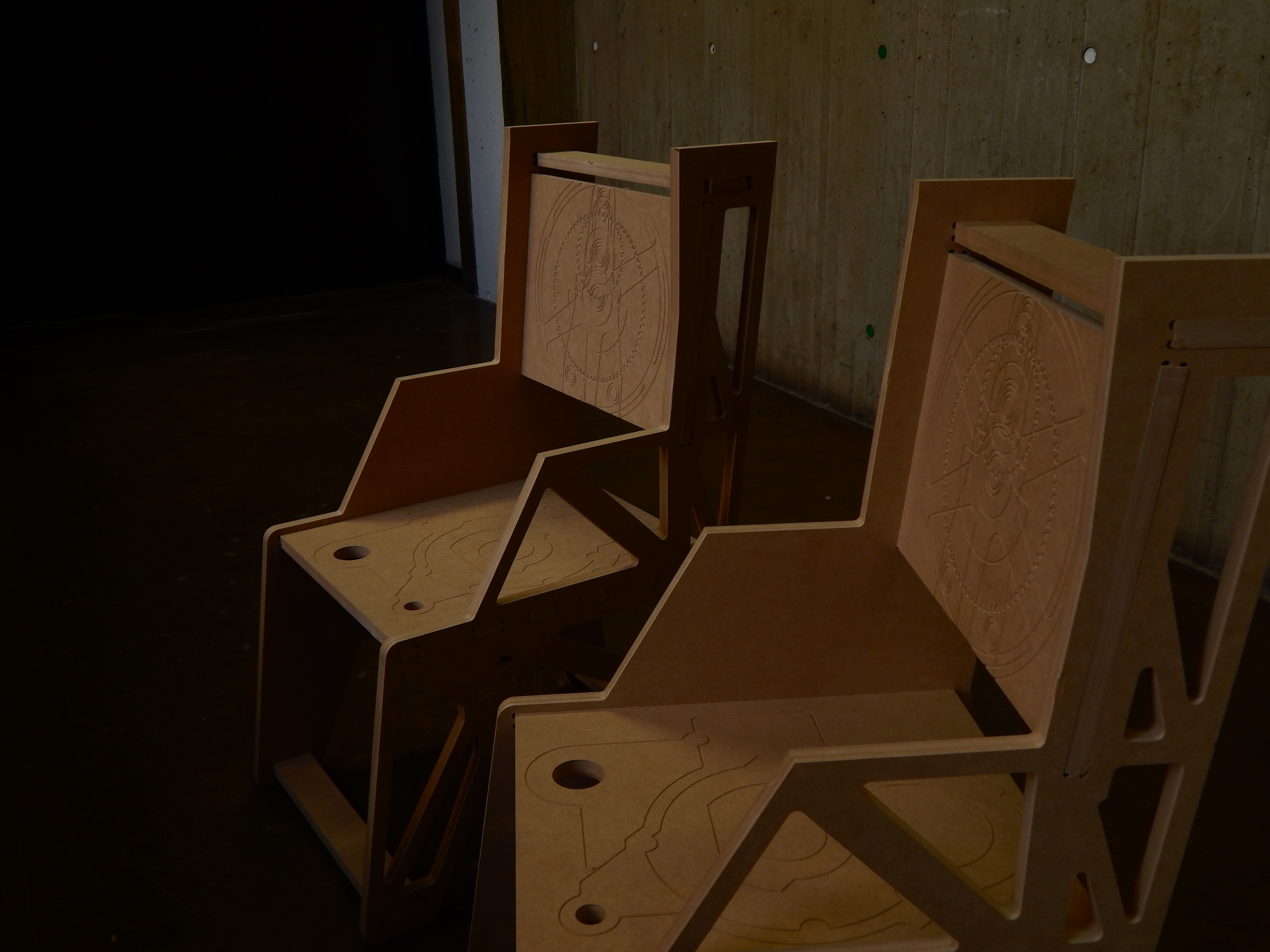
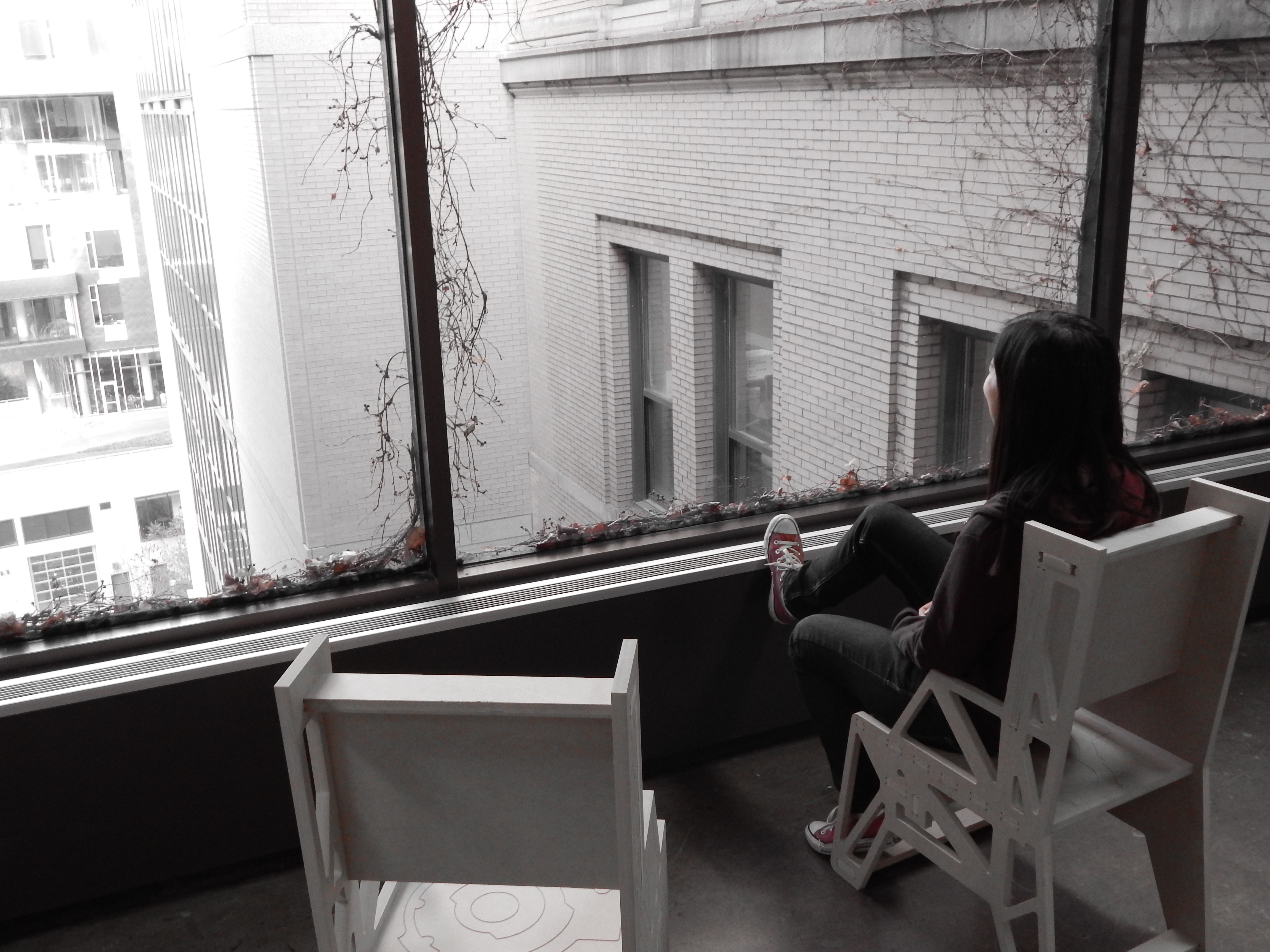
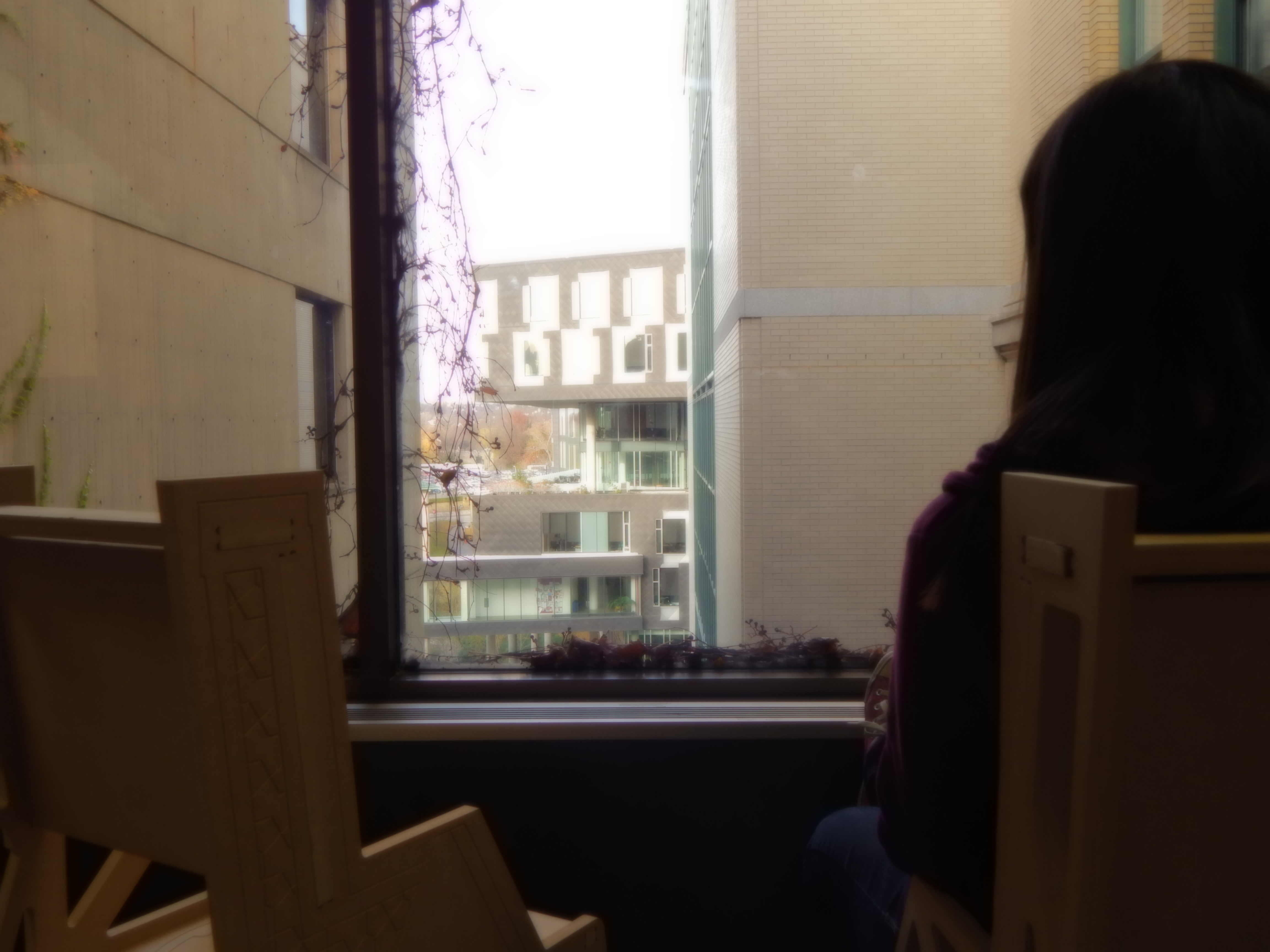
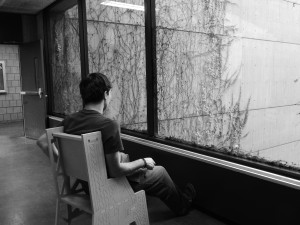
The conversation between the occupants of these two chairs is one between rationality and creativity. One side is the functional and efficient end of an engineering discipline, while the other is the creative side. In addition to being a conversation between two people, it also provokes the notion of a conversation between two sides of a cognitive approach: Being as the collaboration between the left and right brain created the chair, it would only follow that the conversation it prompts would be between the two approaches. The chairs are identical (as a testament to the process), however, when placed adjacently, the opposite sides face each other, in both a collaboration between the left and right sides of the chairs, and the people who sit in them. The cross sections which support the person are real examples of engineering drawings which are also beautiful, as to suggest that between the extremes, there exists a balance between form and function. The placement also enforces the collaboration between disciplines, being placed between Wean Hall and Doherty: between a building with many Engineering disciplines represented, and the building which holds the art studio that produced these chairs, there is a beautiful mix of architecture and nature, just as there conceptually exists a beautiful mix of thought and expression.
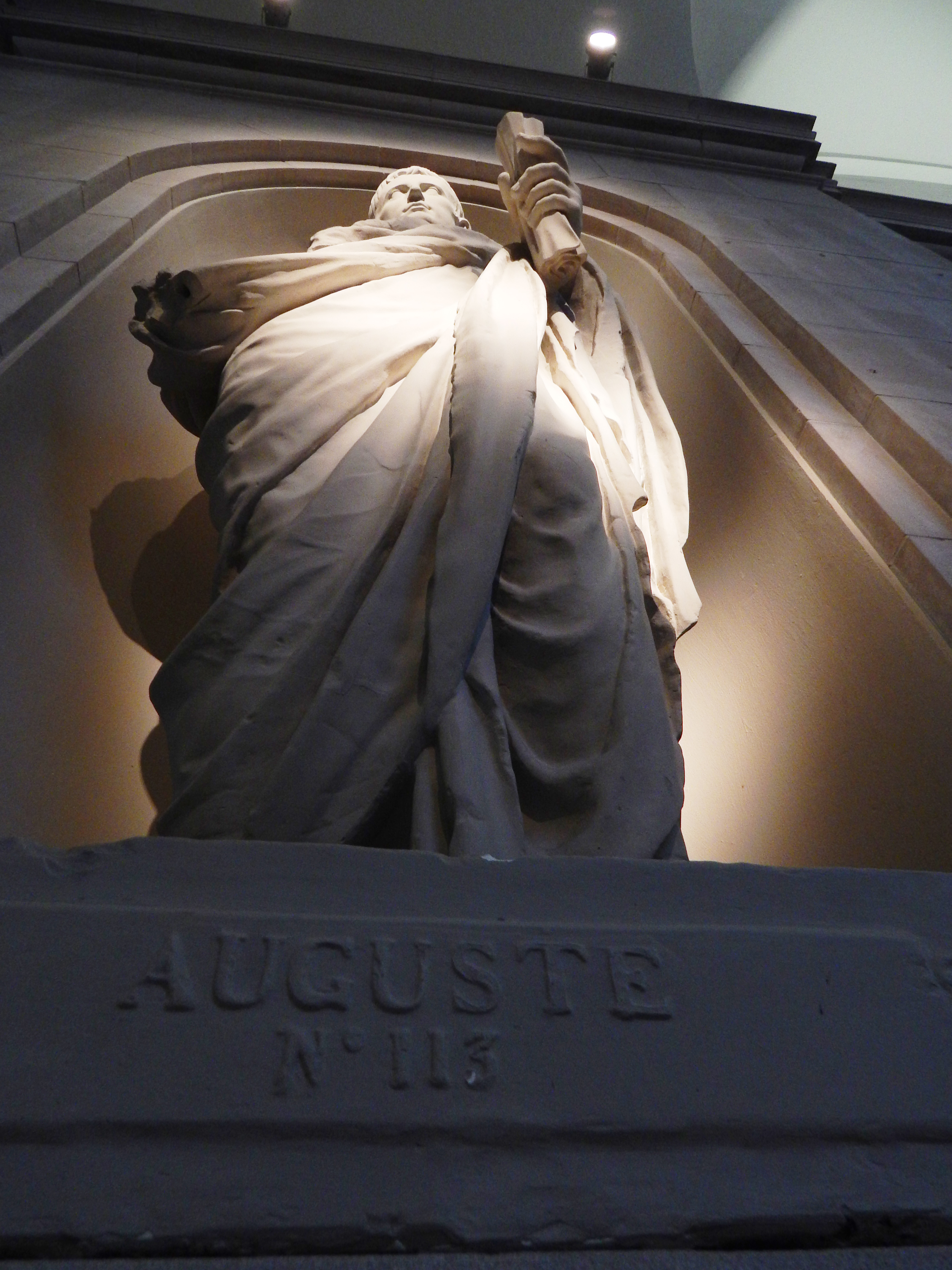
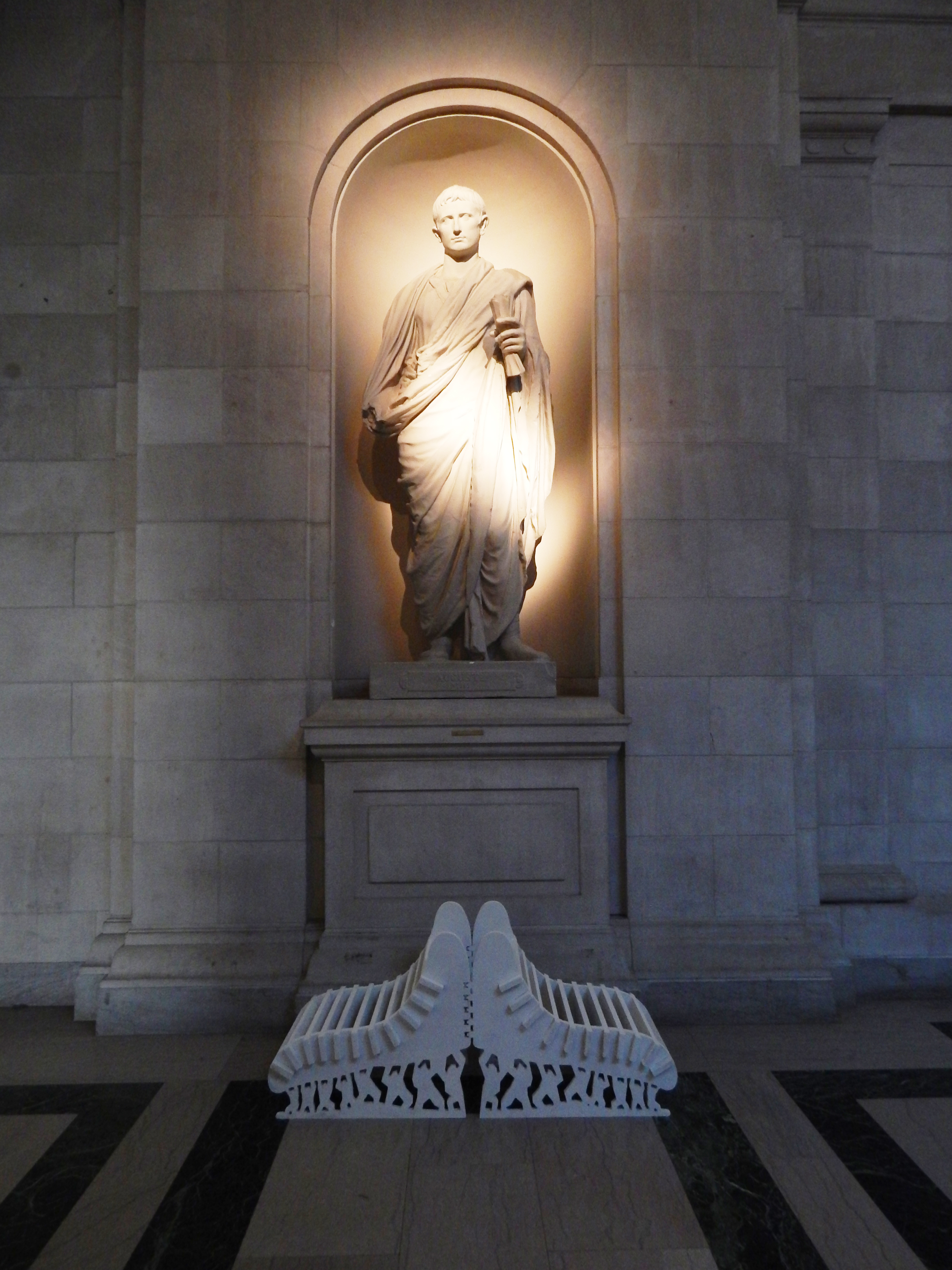
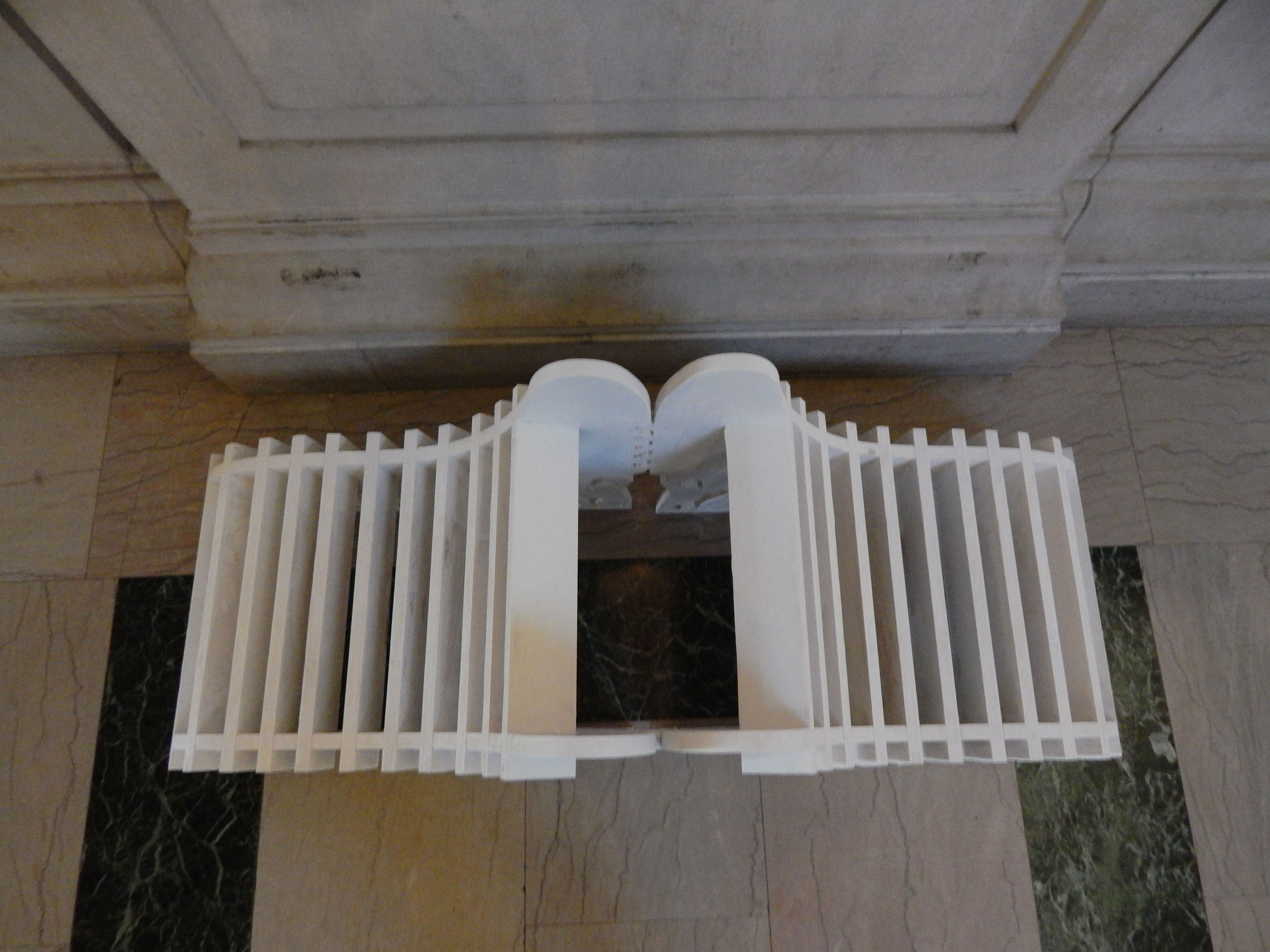
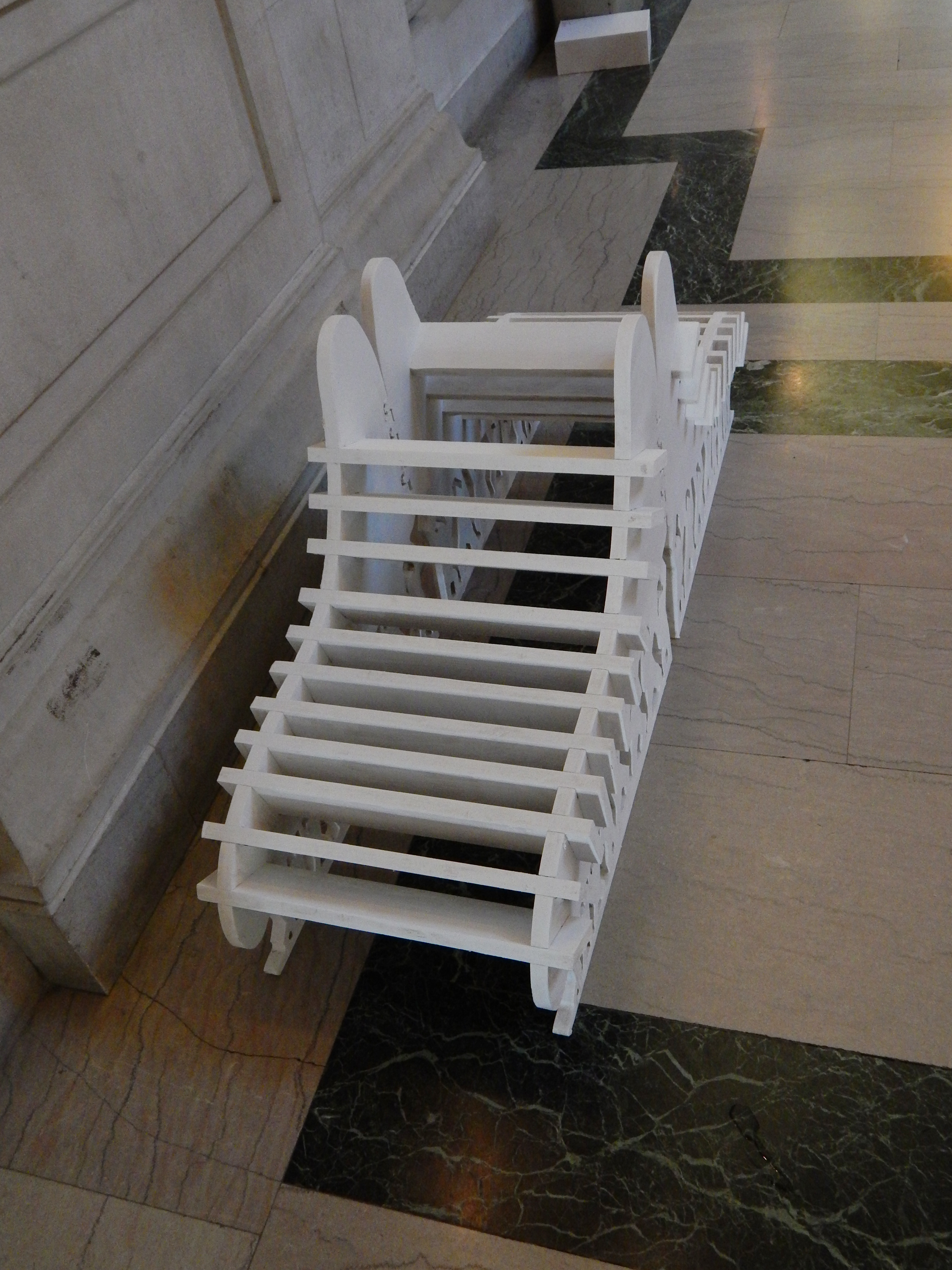
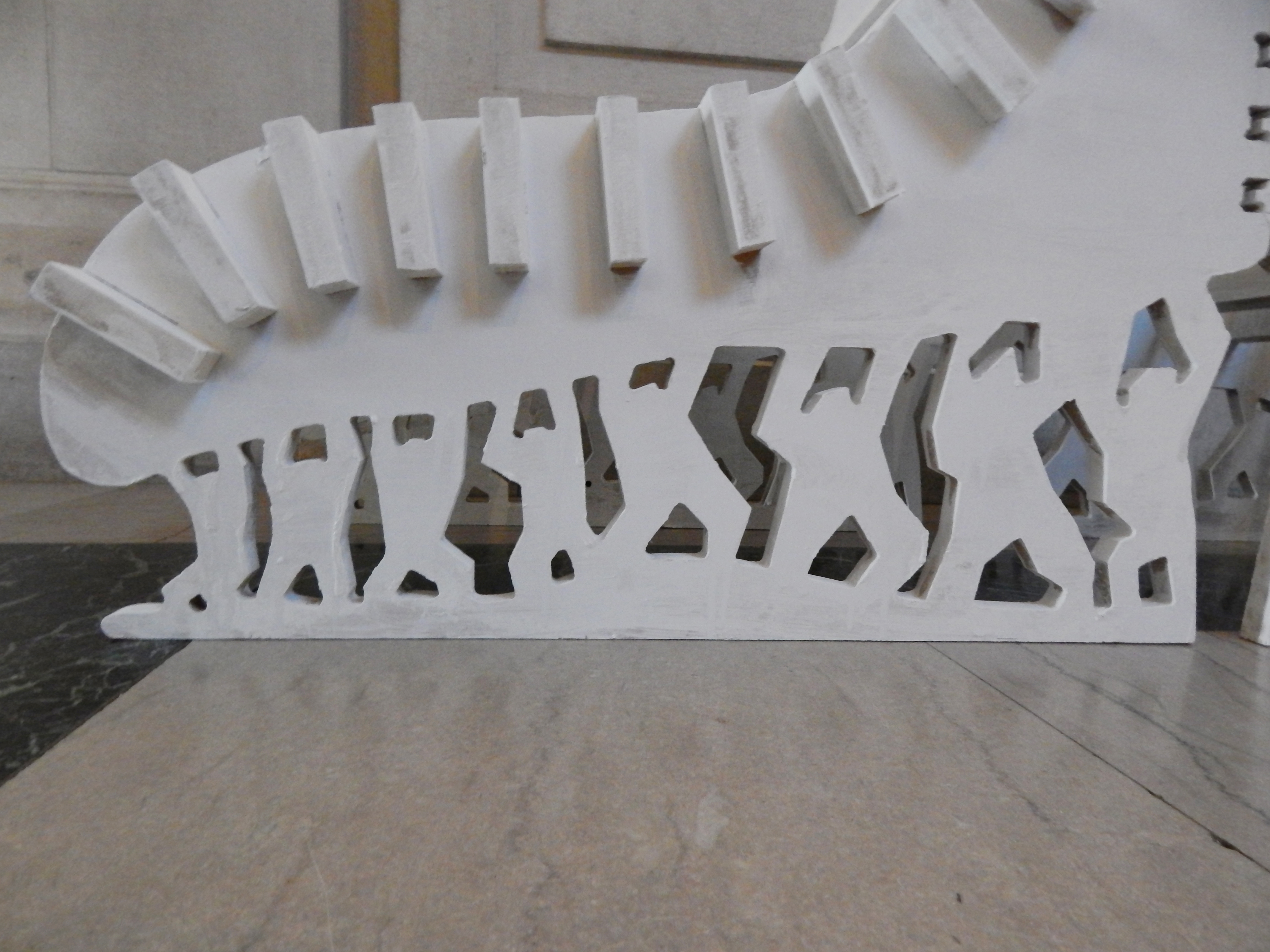
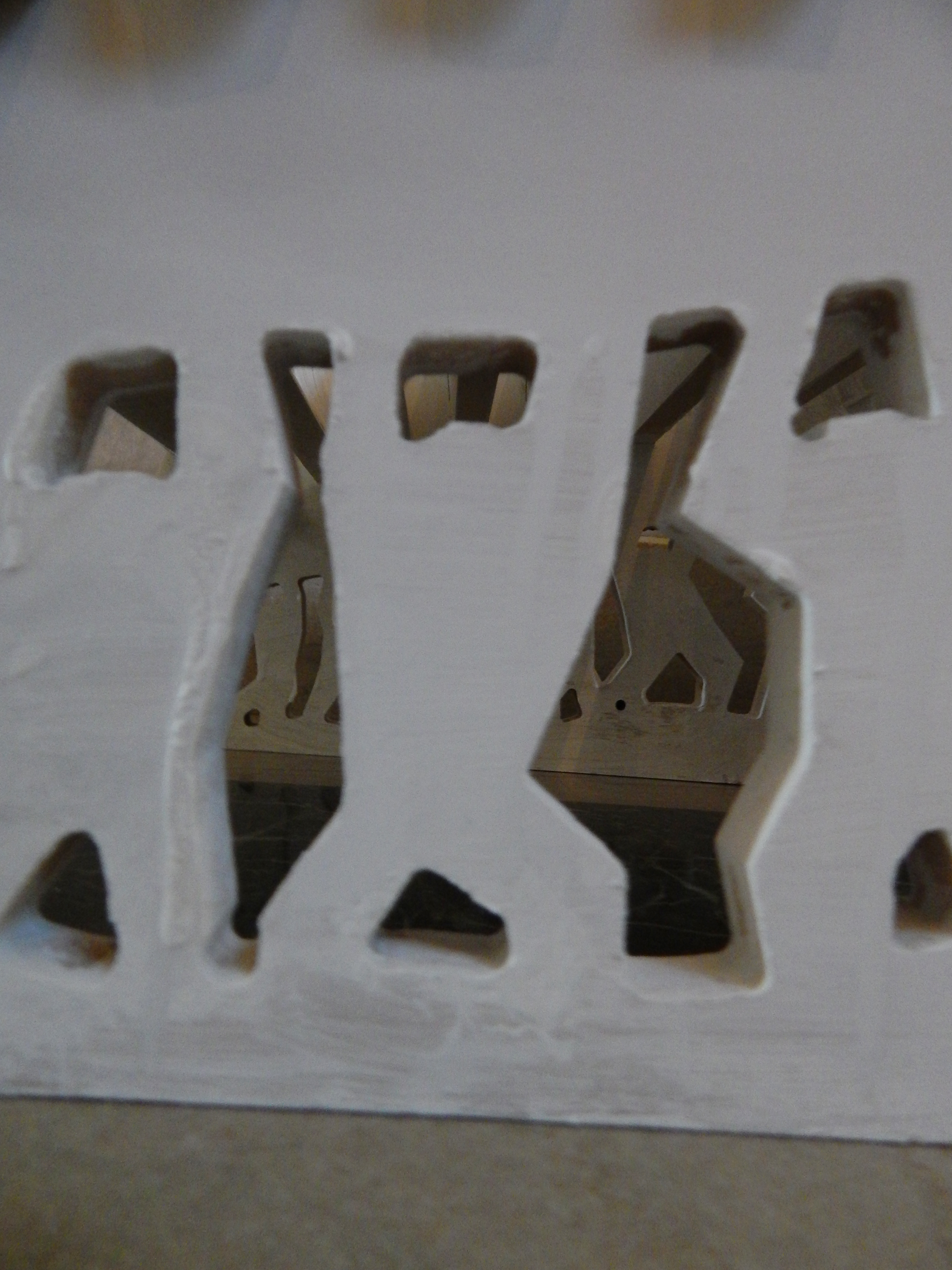
My chair is a conversation between Brutus and Caesar. I wanted to more tell the story of Caesar and Brutus’s friendship. Caesar trusted Brutus, but Brutus betrayed Caesar by stabbing him in the back, literally. I also wanted to show how the mob in the play gave Julius and Brutus the power by holding them up.








“Body Talk” describes an interaction between two dancers. I think that dance represents a form of expressing your thoughts and feelings similar to how a conversation would. I chose the marble floor because it reminded me of the floors in fancy palaces, where they would hold ballroom dances. The reflective surface creates a lightness for the chairs, much like it would for two dancers.
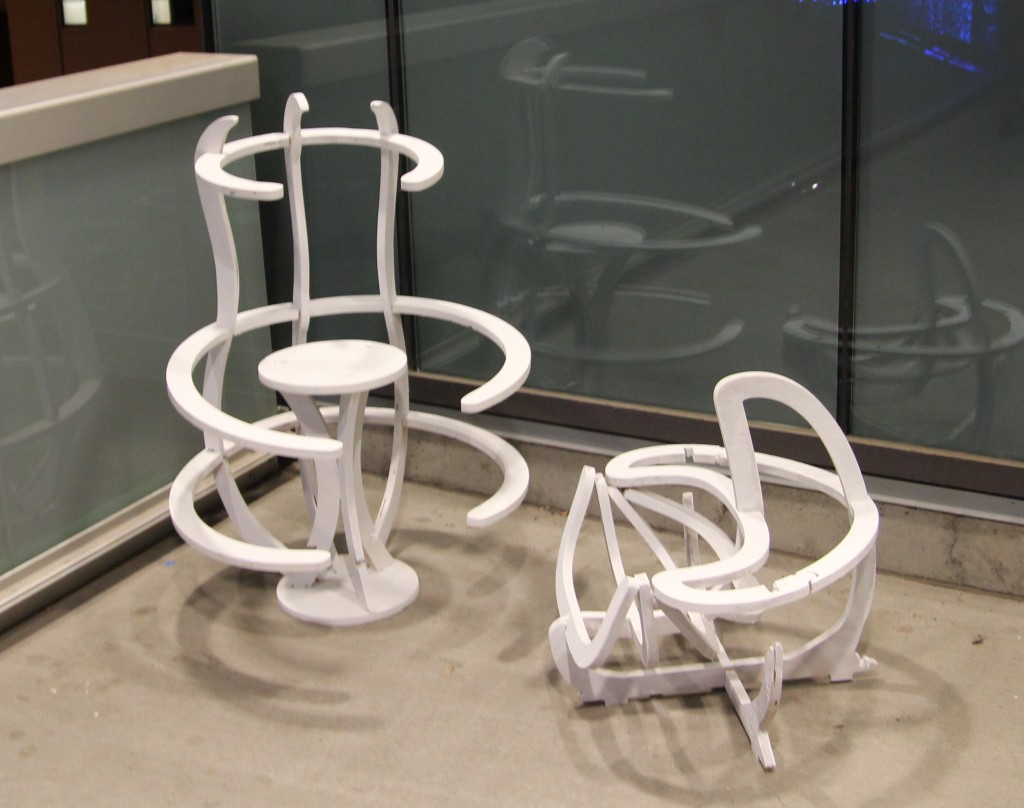
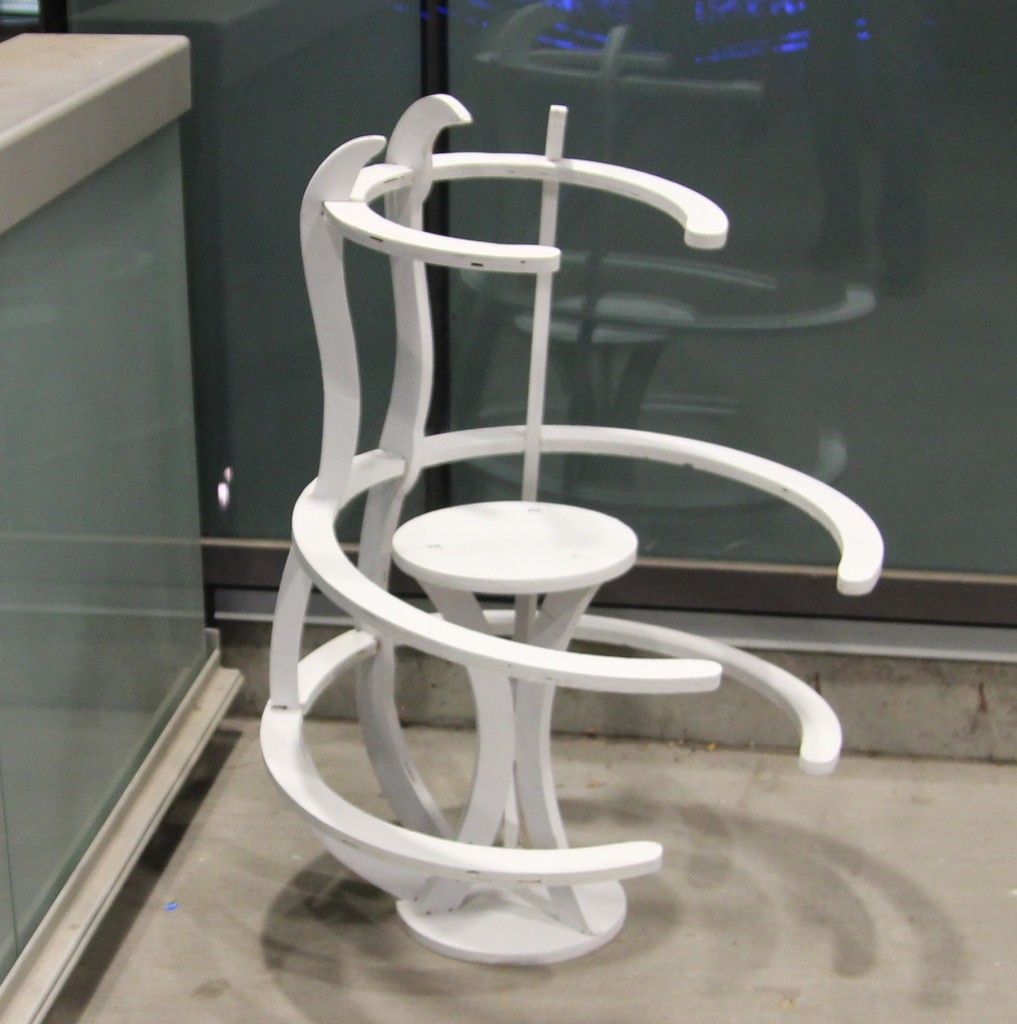
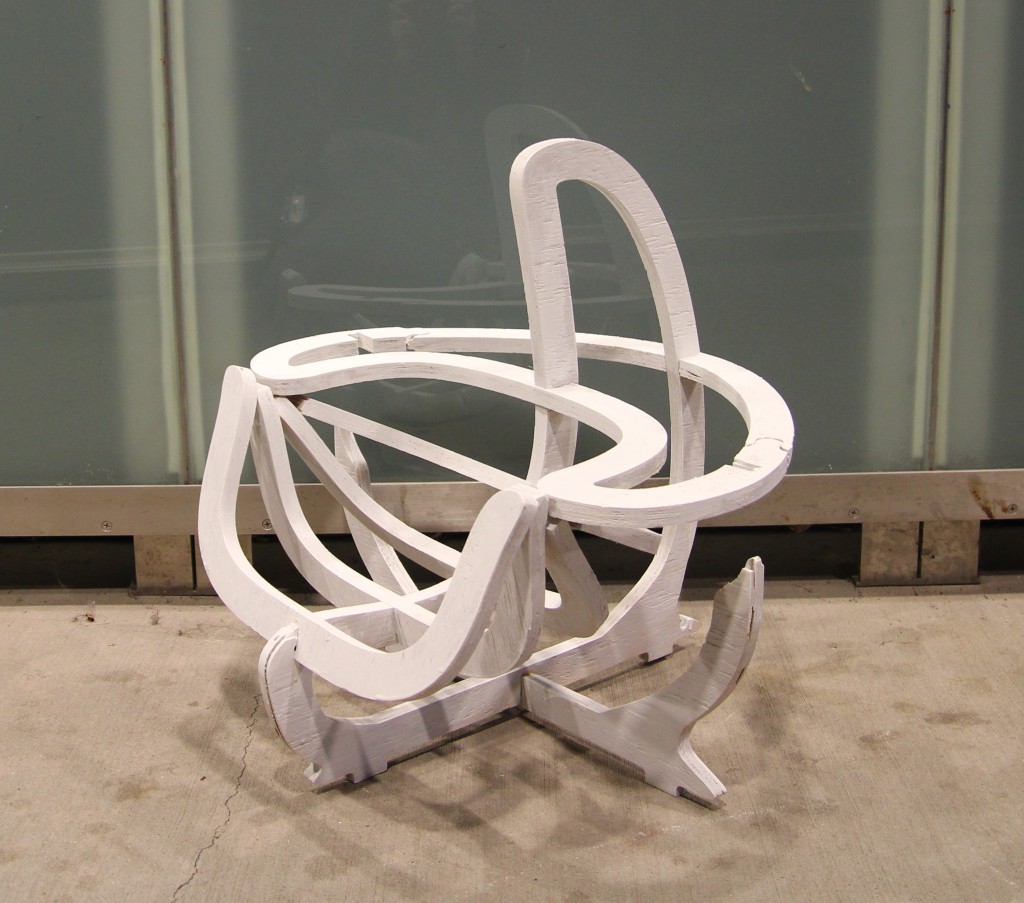
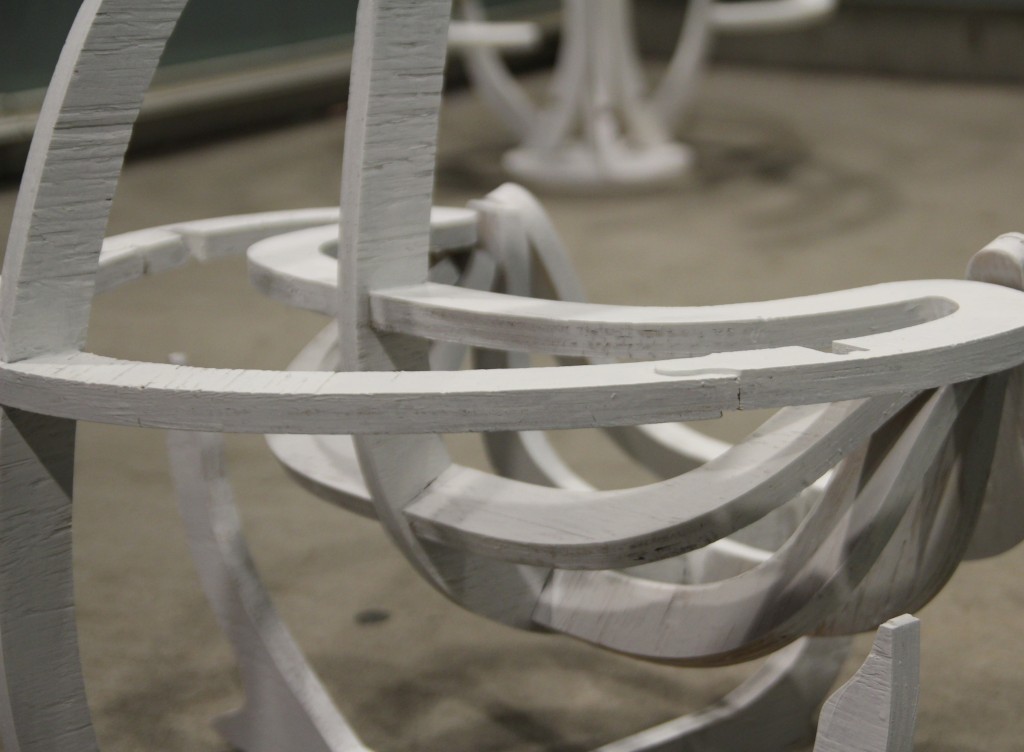
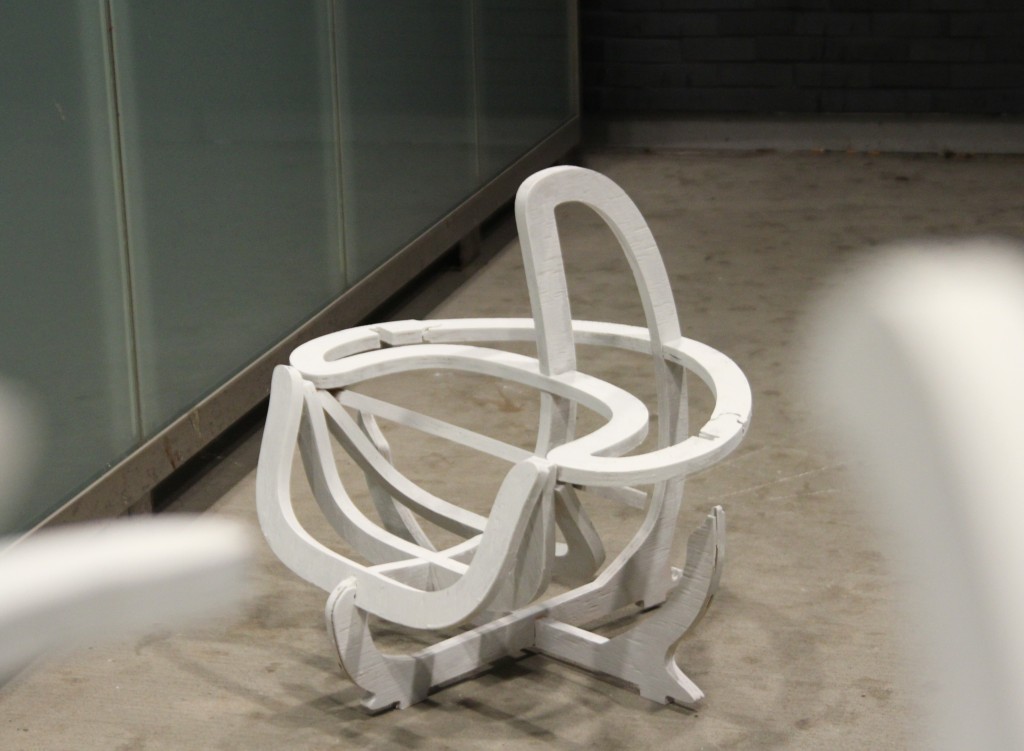
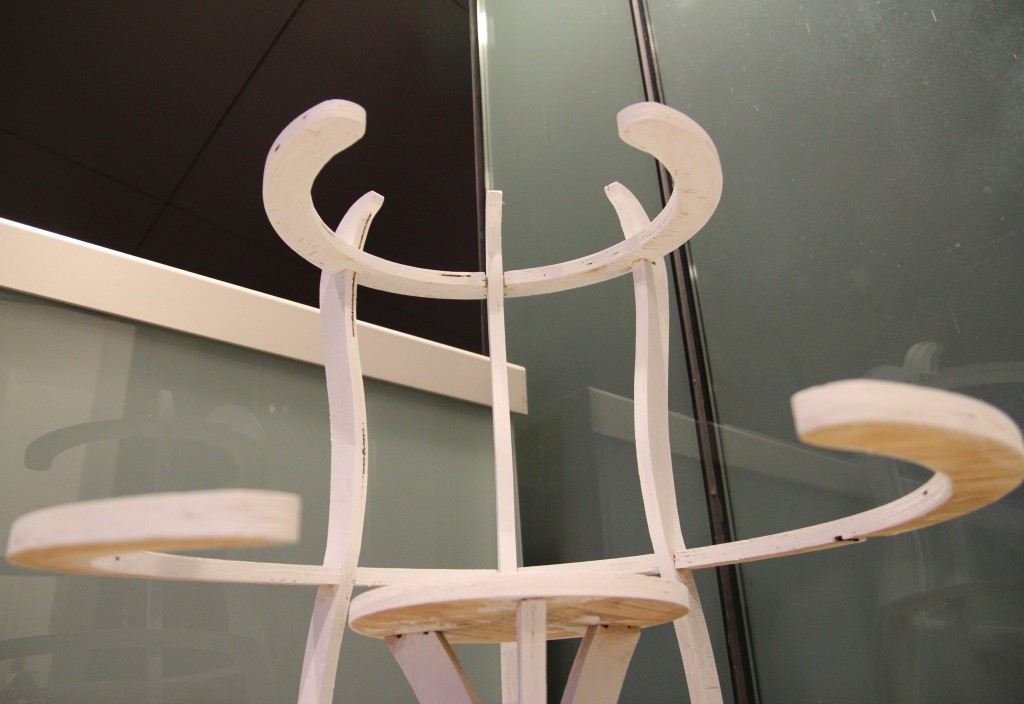
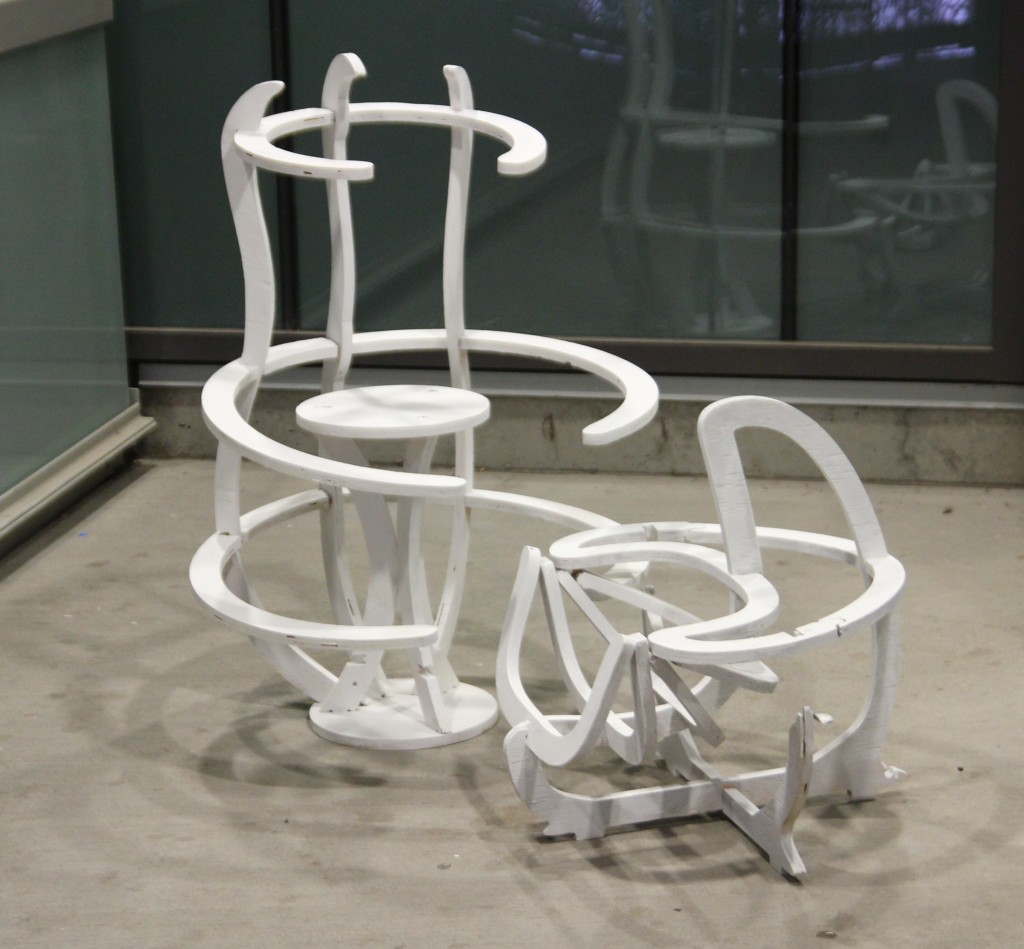
“Melting of the Minds” features a conversation between a mentally unstable man and his eight year old daughter. For this piece, I chose to focus more on the internal elements of the characters rather than on their obvious external features (ex. flowers representing the daughter, or tethers indicative of a strait jacket for the father); instead, I chose what I thought to be a good display of their internal structures.
The daughter’s egg-shaped chair was made to symbolize her youth and purity along with her withholding of judgement of her father’s condition. On the other hand, the father’s chair was created using more broken lines and cage-like elements, showing how even though his body is bound, the father’s mind is free (shown by some of the loose spinal elements holding the chair together).
The pictures above tell a story within itself of a reunion between the father and the daughter.
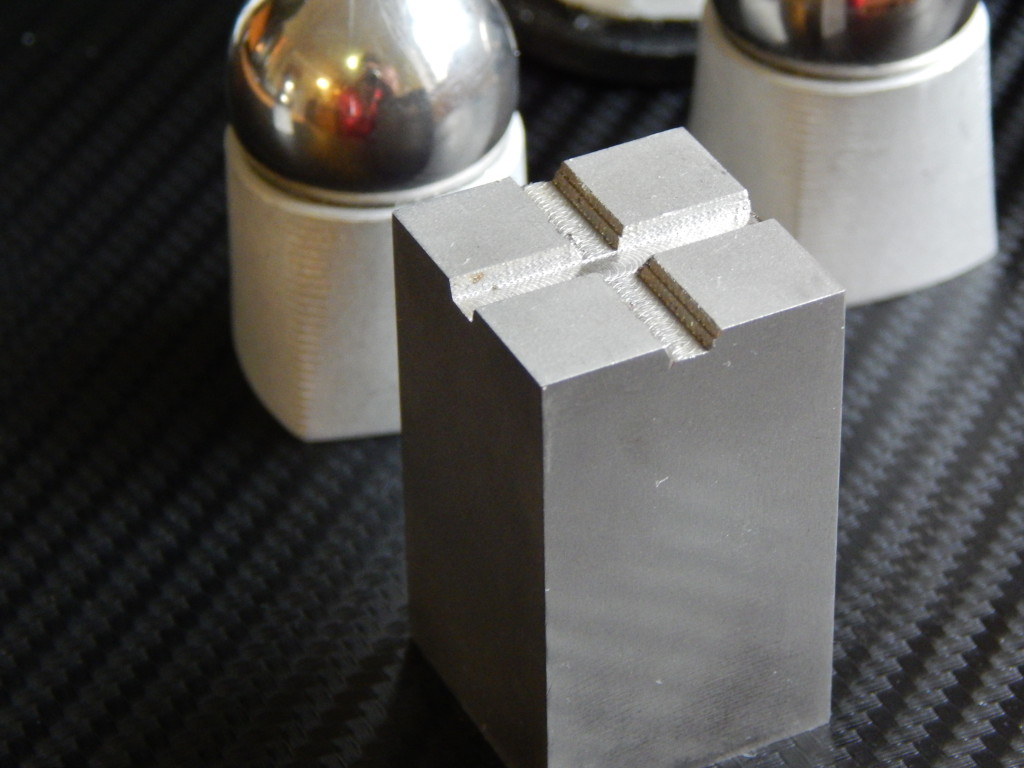
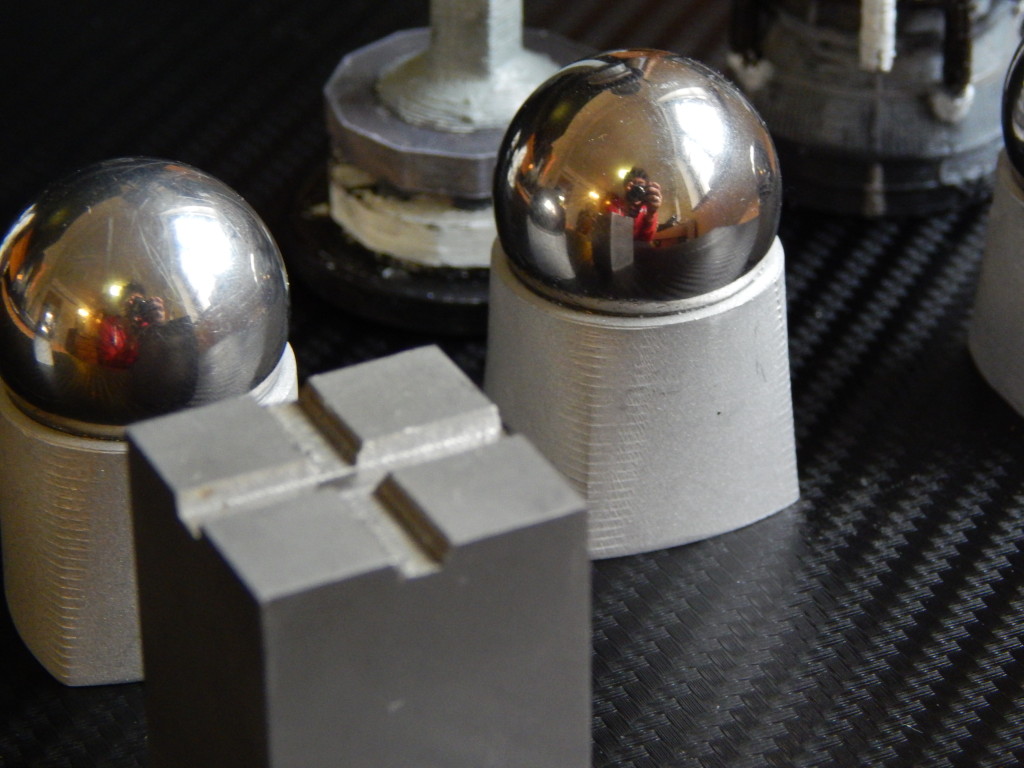
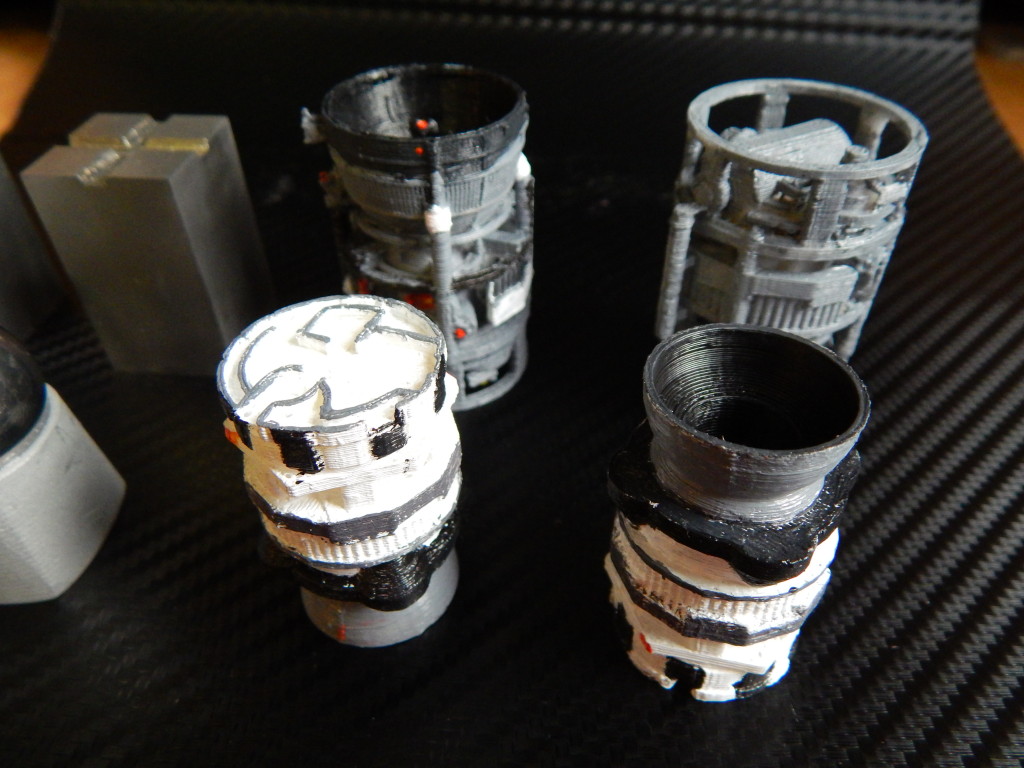
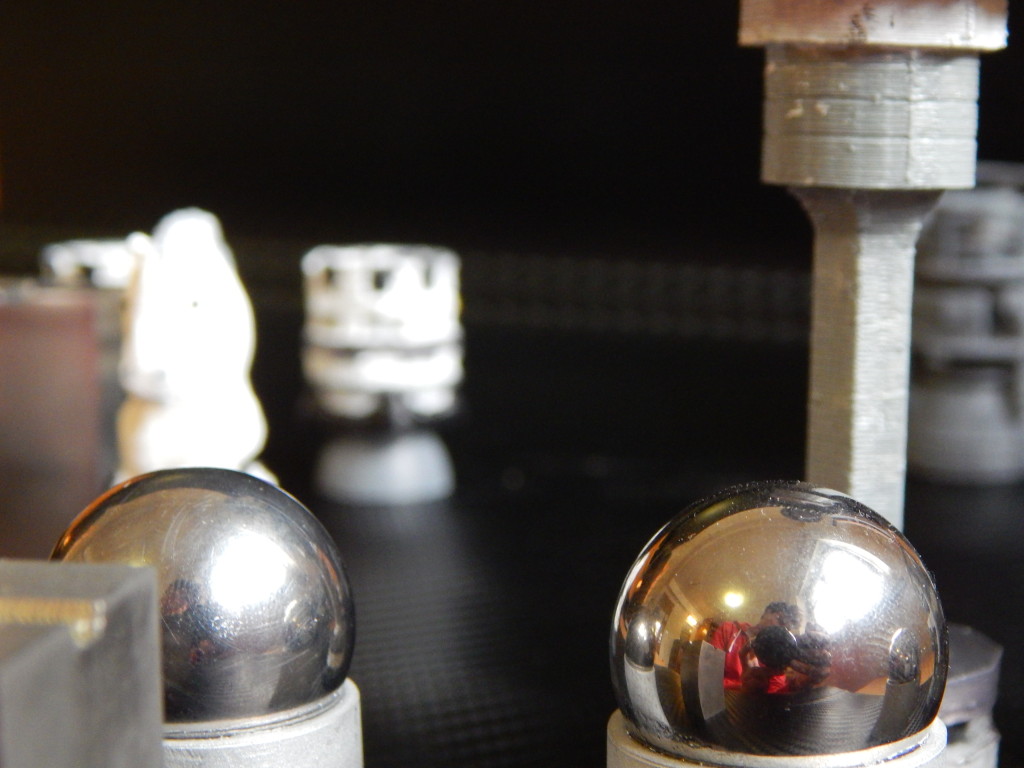
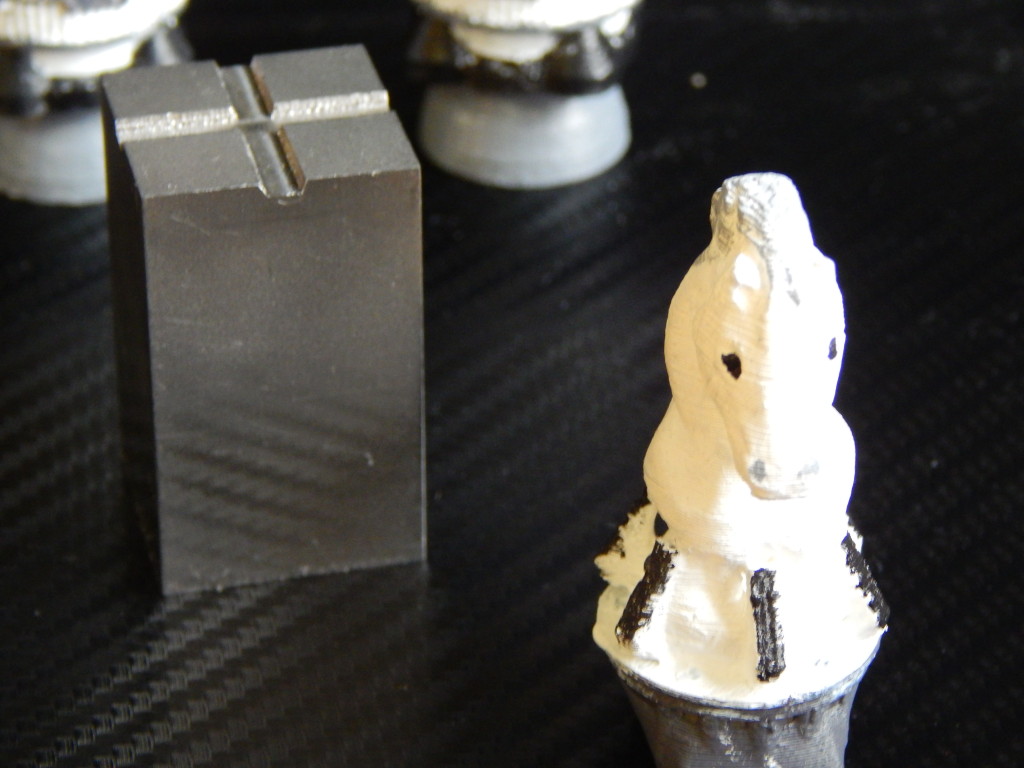



![photo-1[1]](https://teach.alimomeni.net/2013fall1b/wp-content/uploads/2013/12/photo-11-300x257.jpg)


















